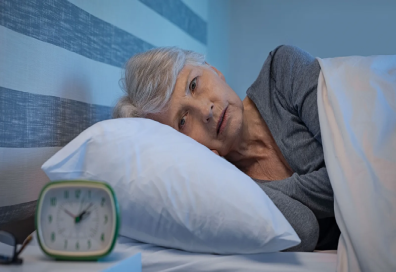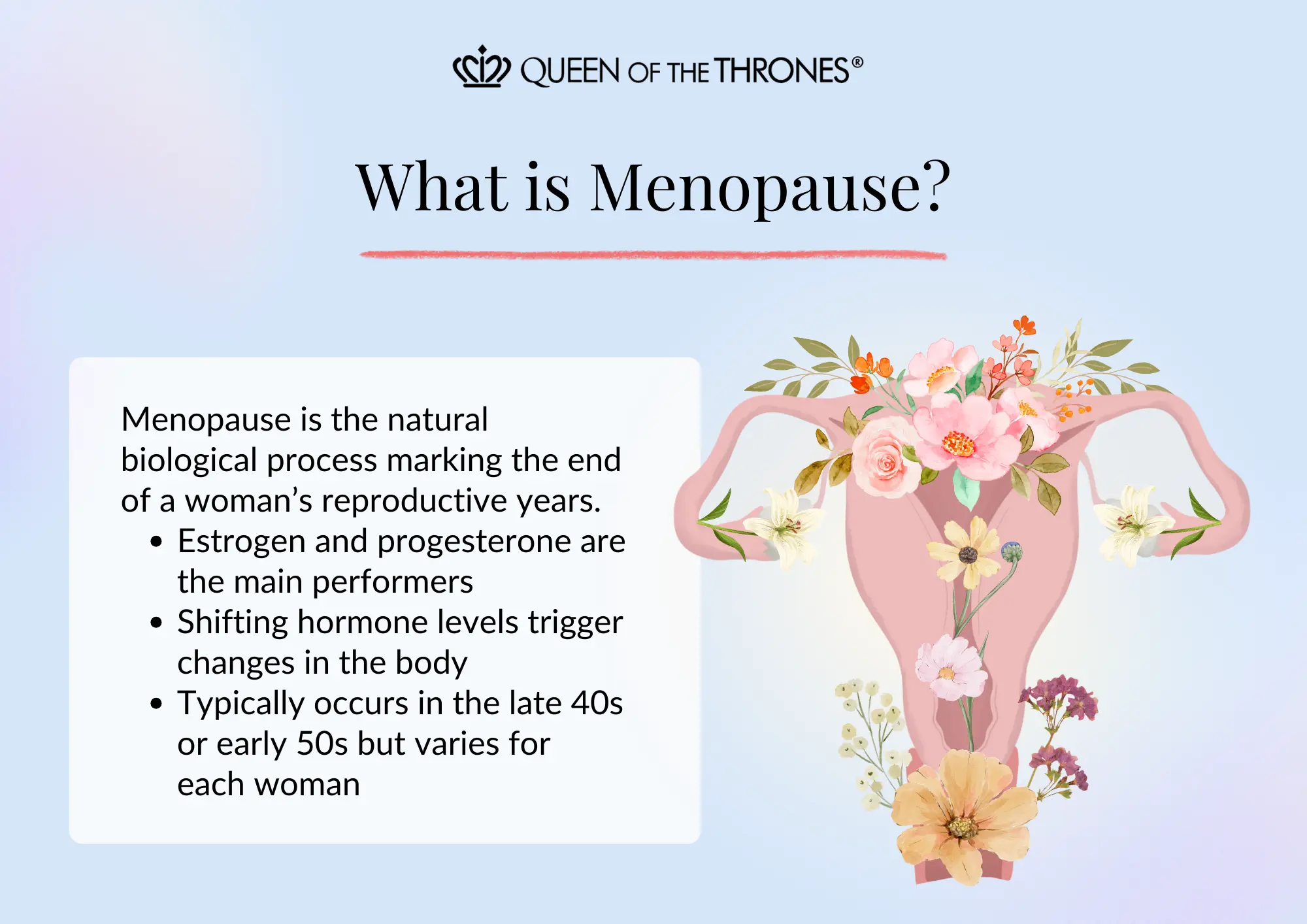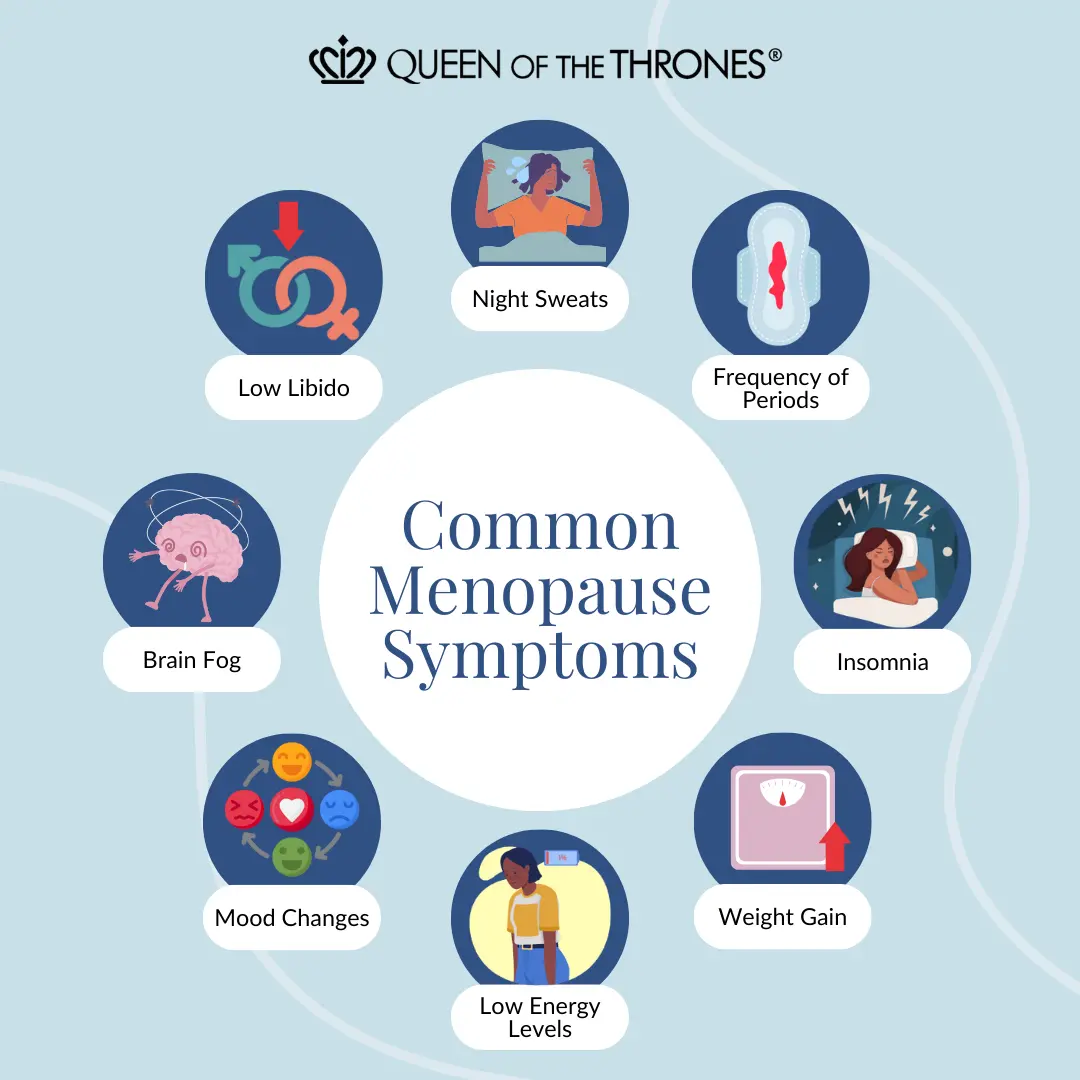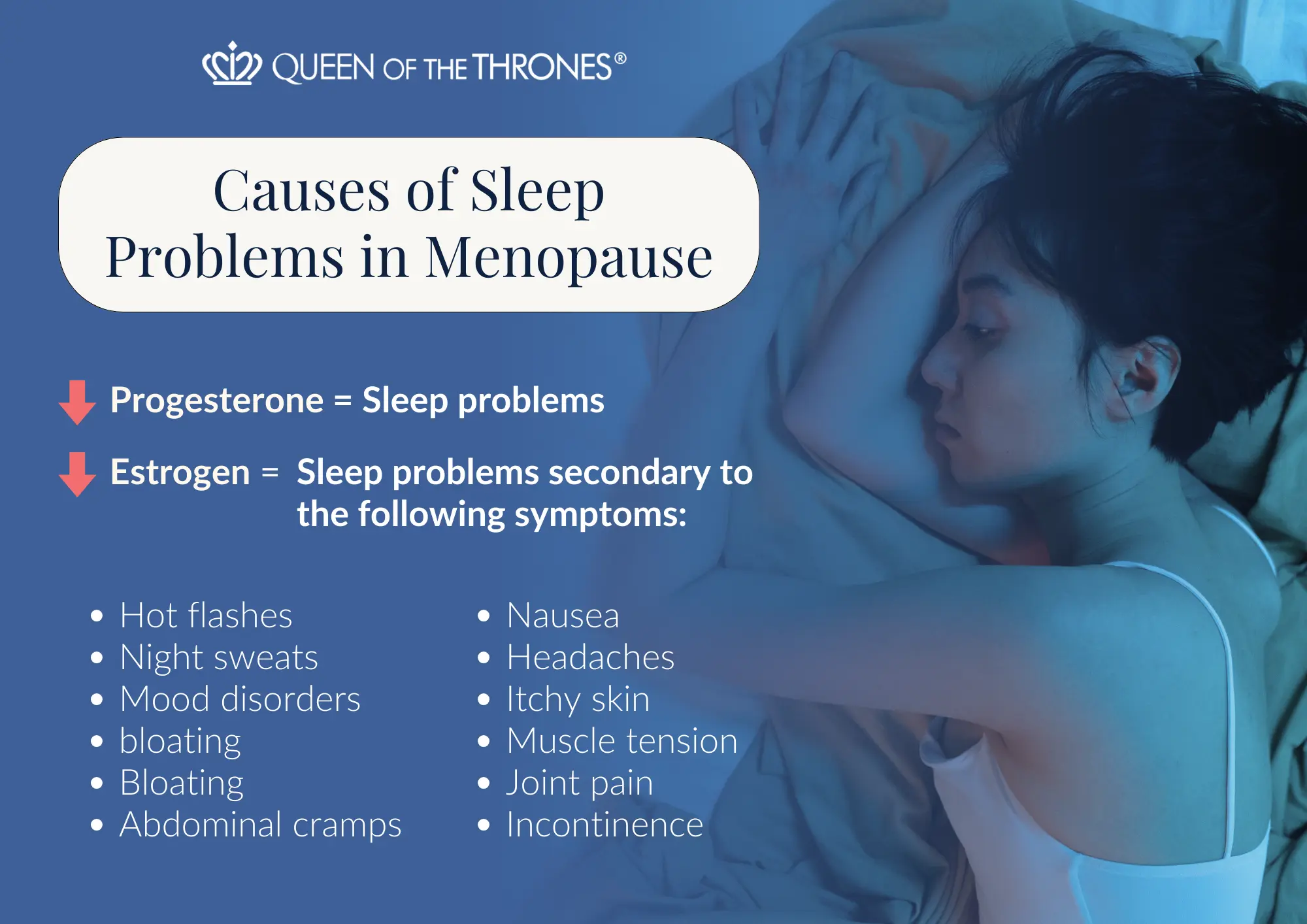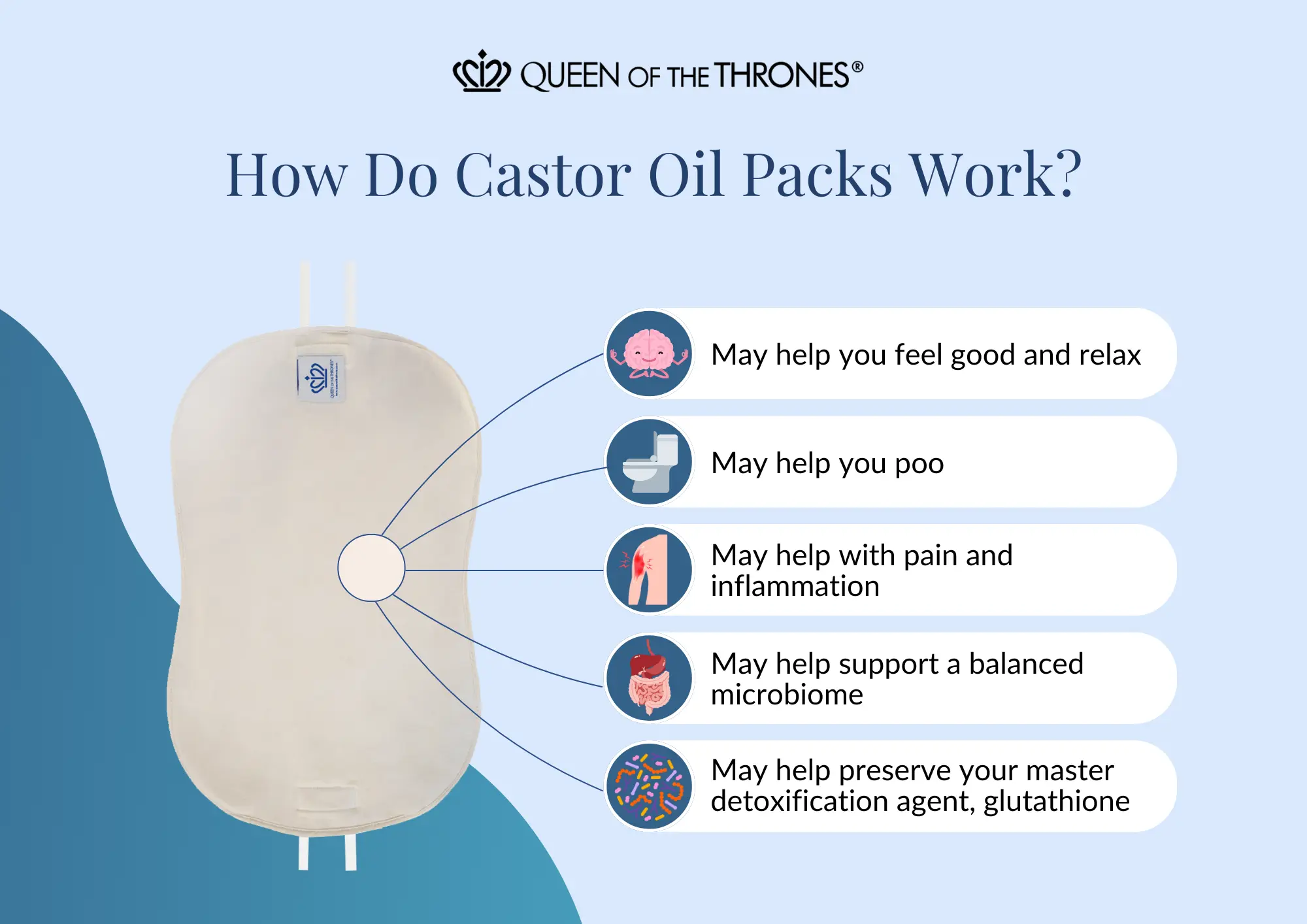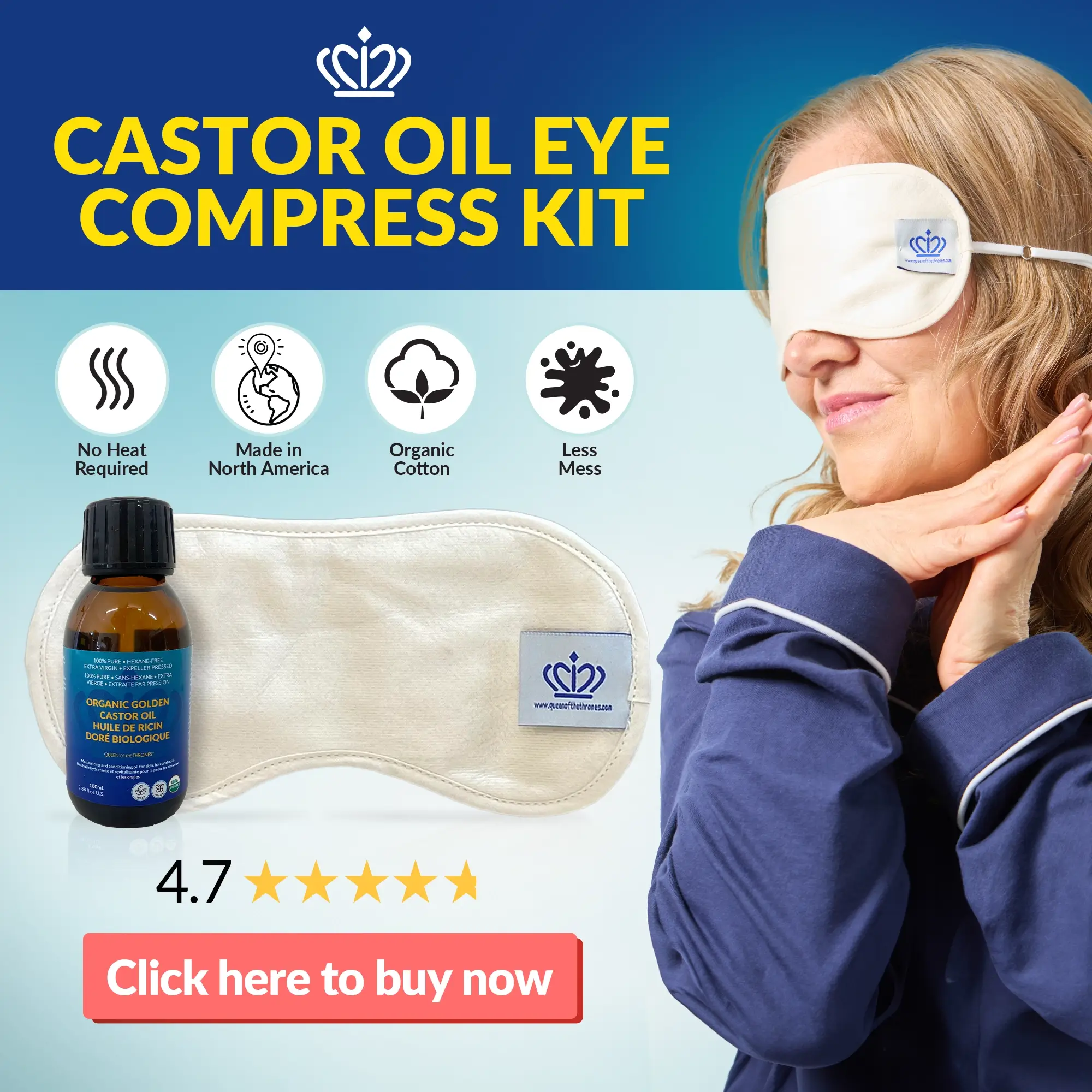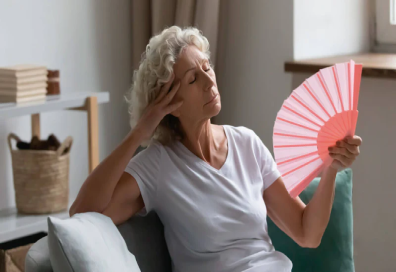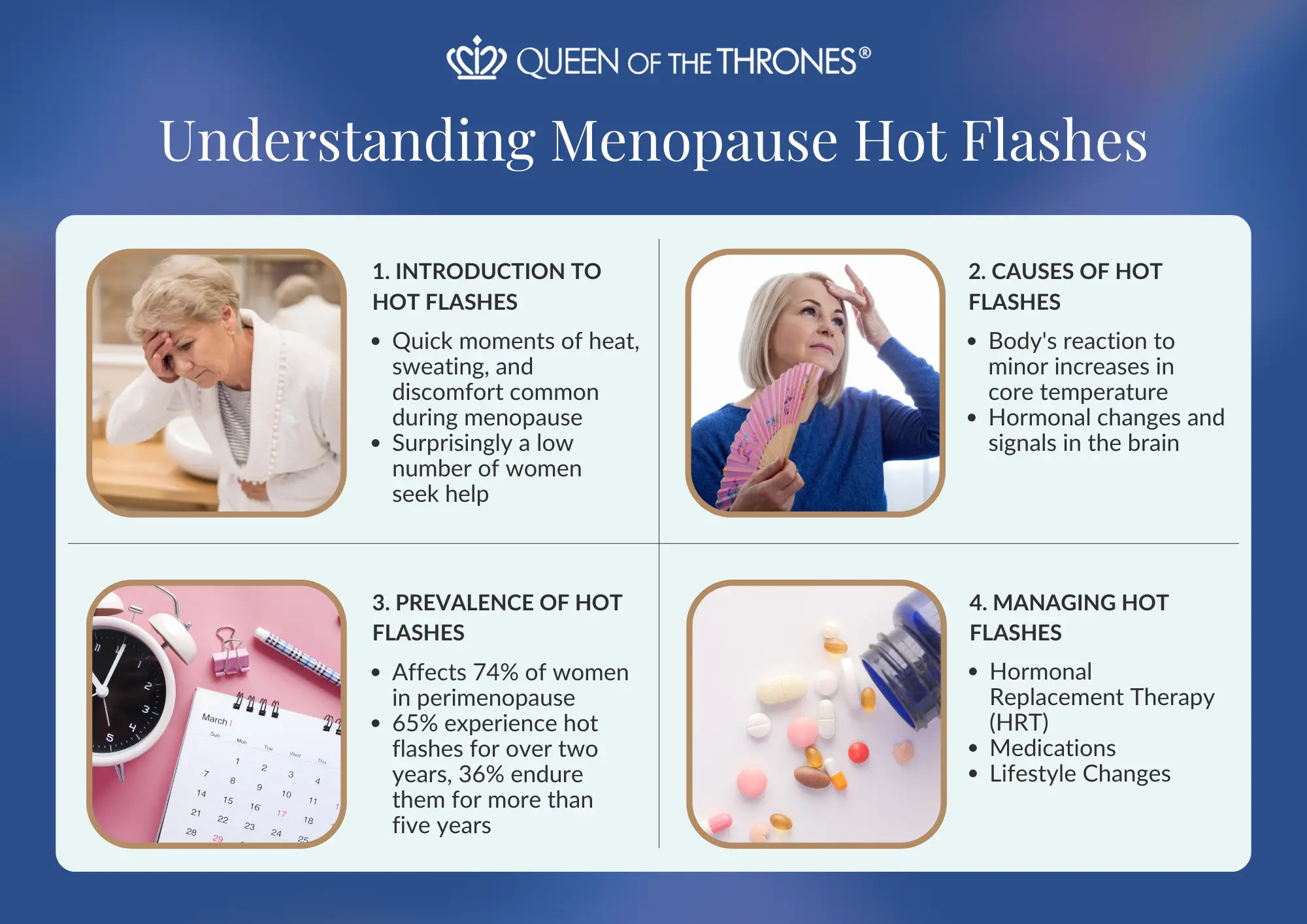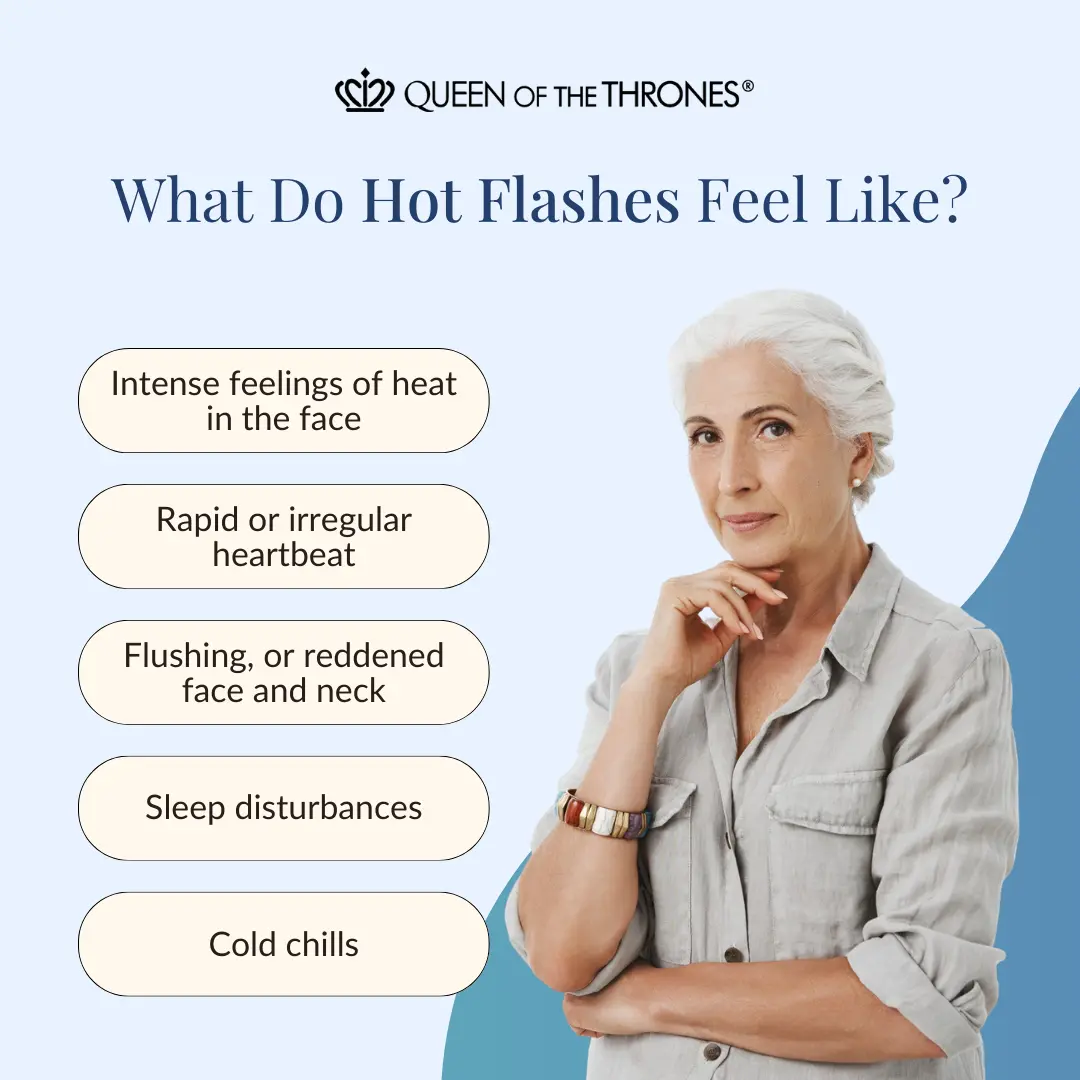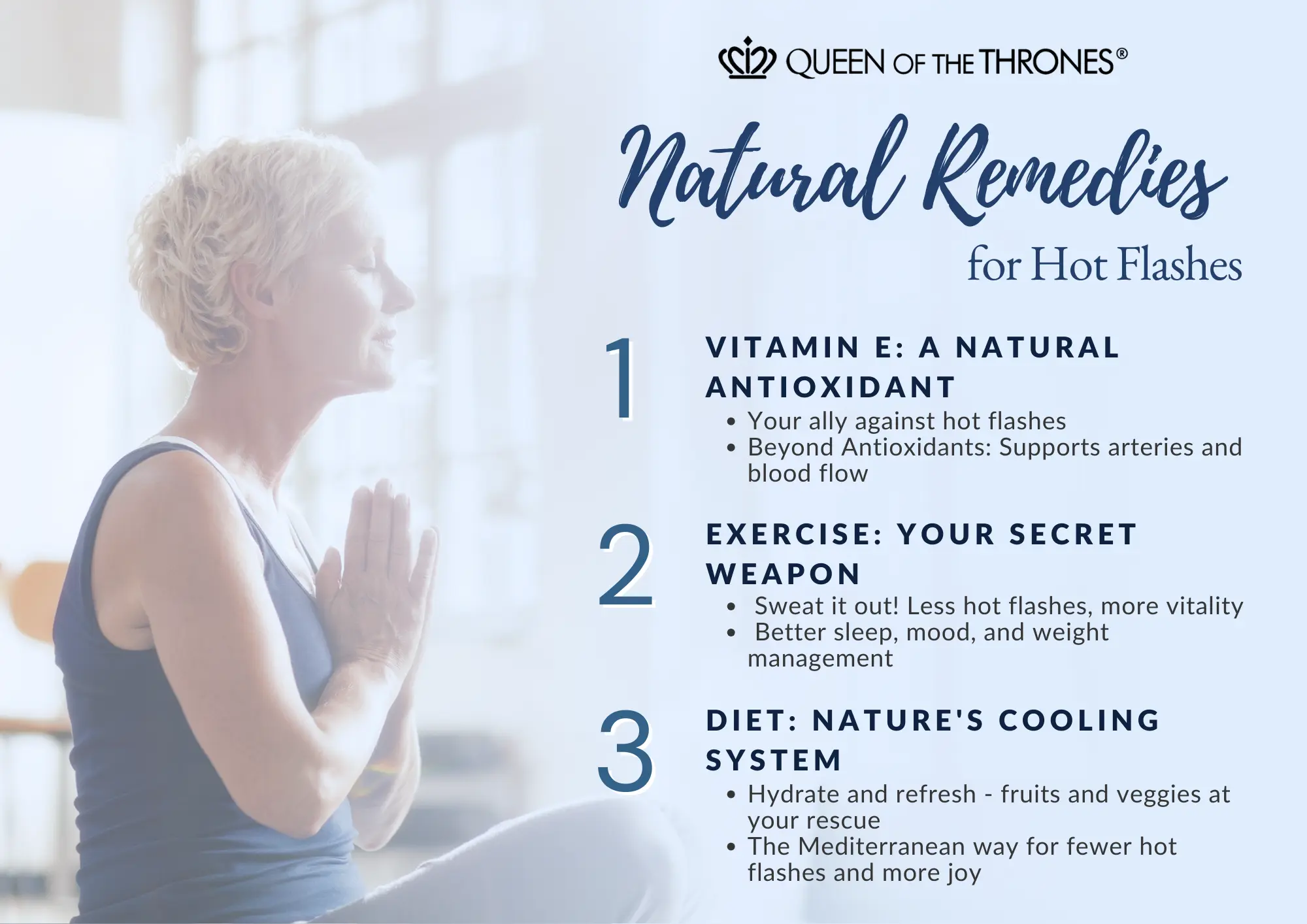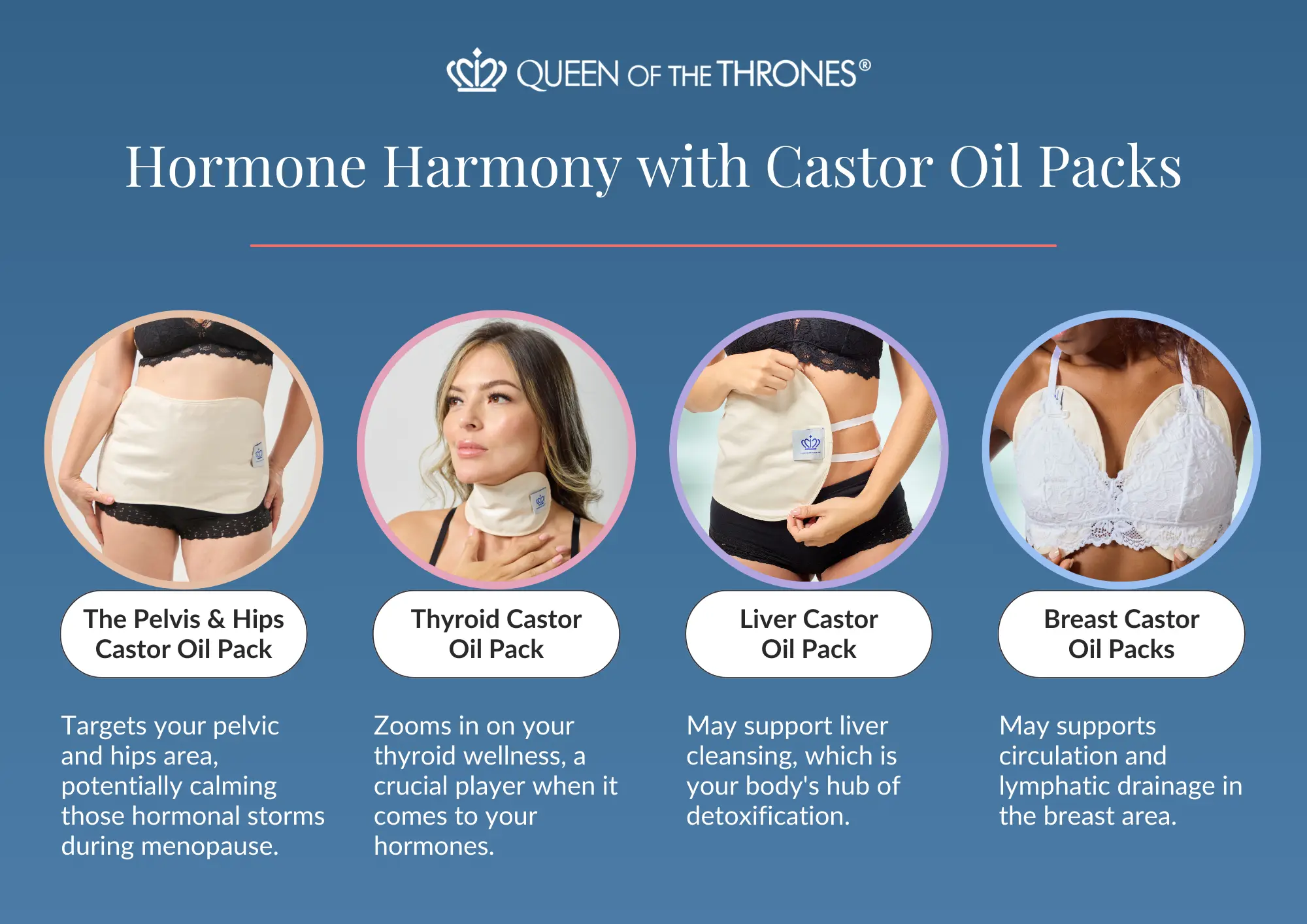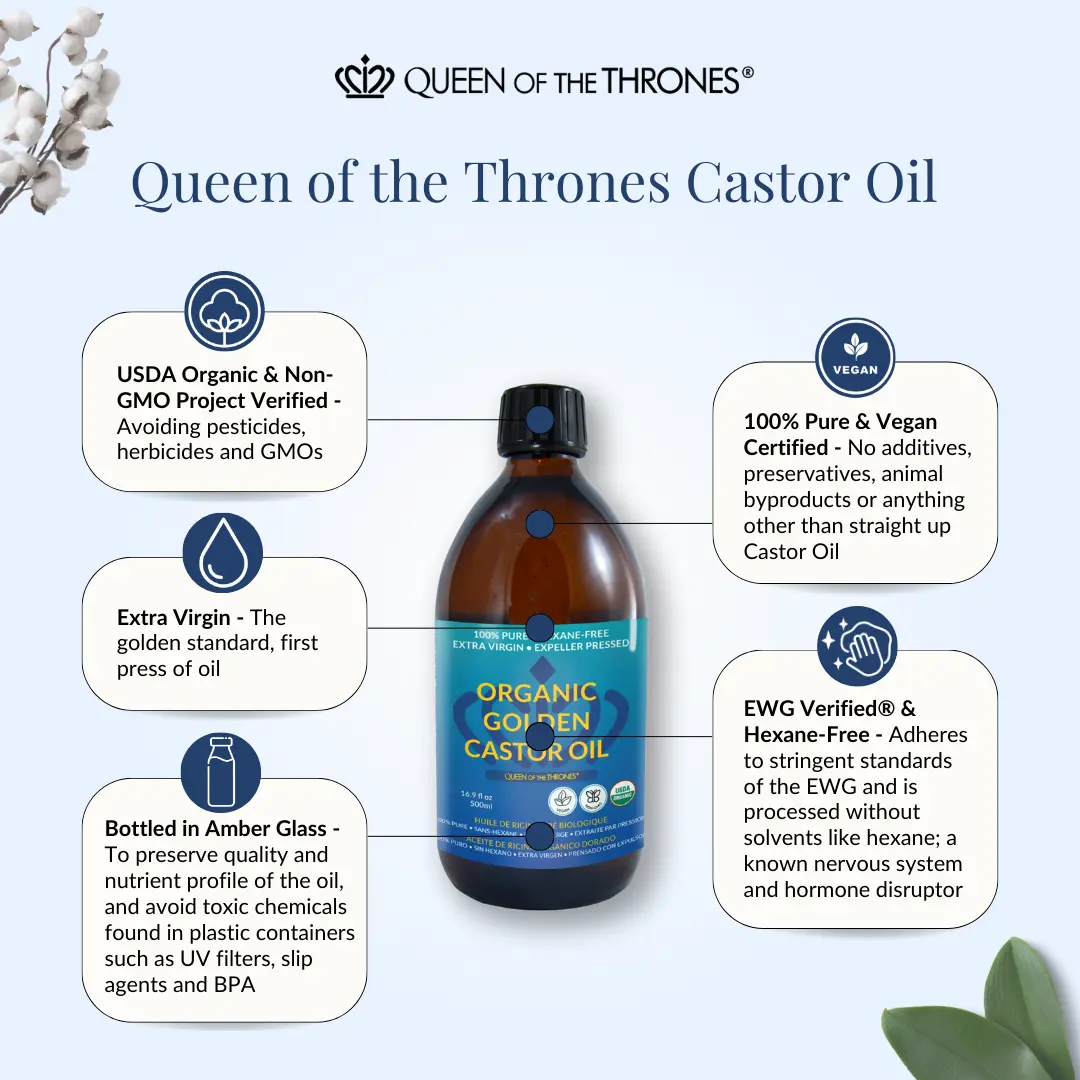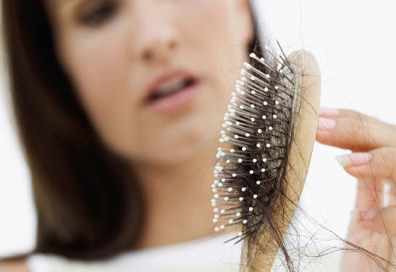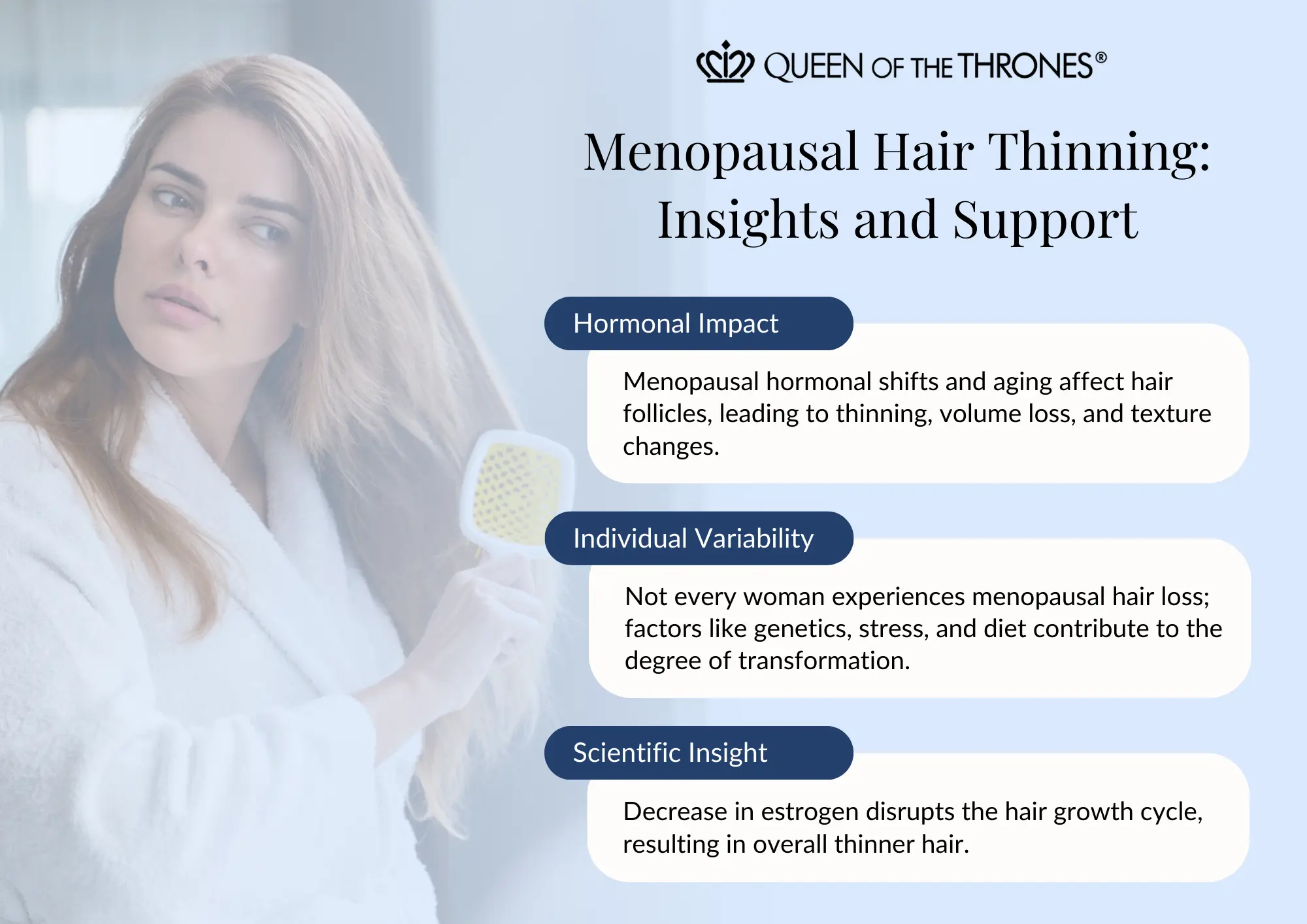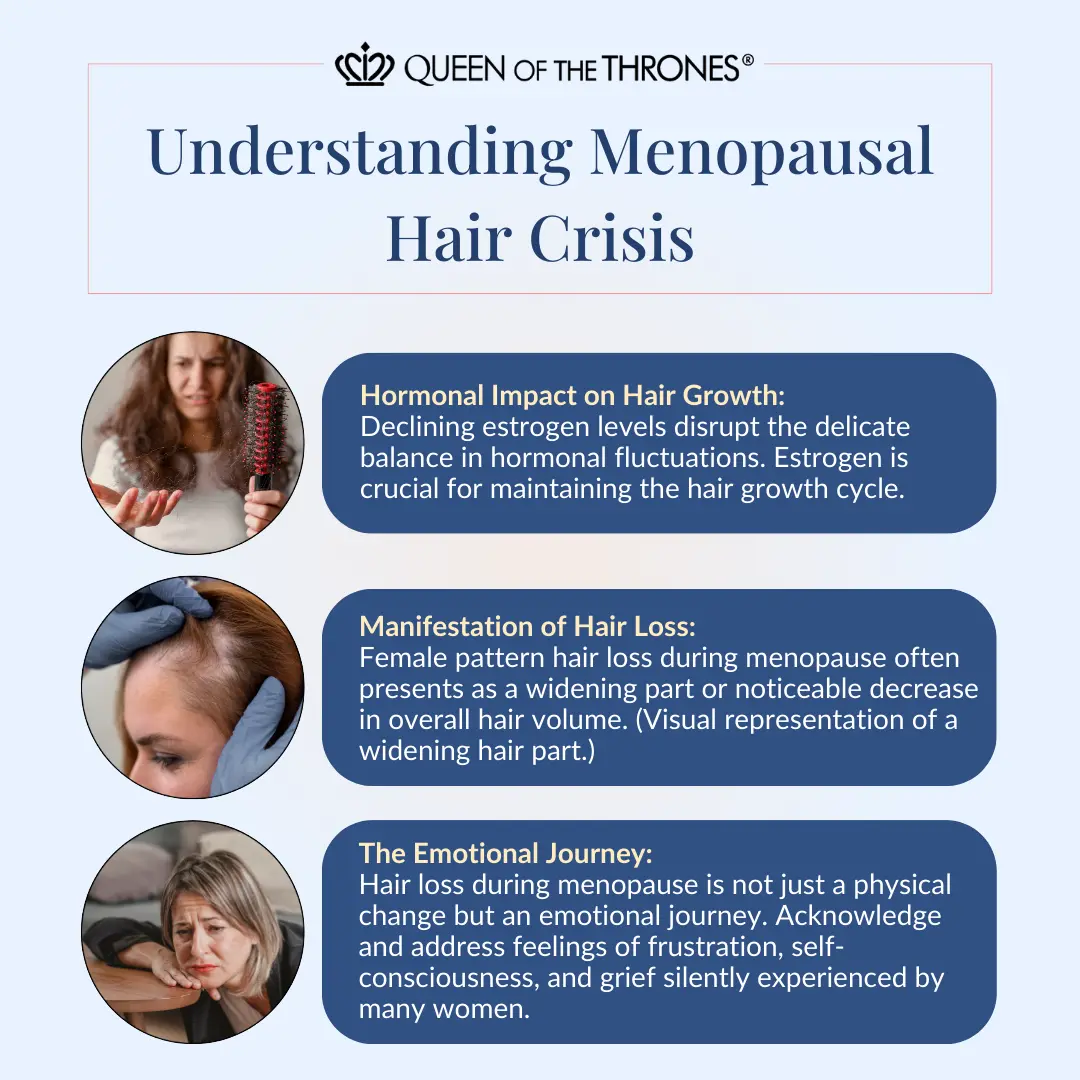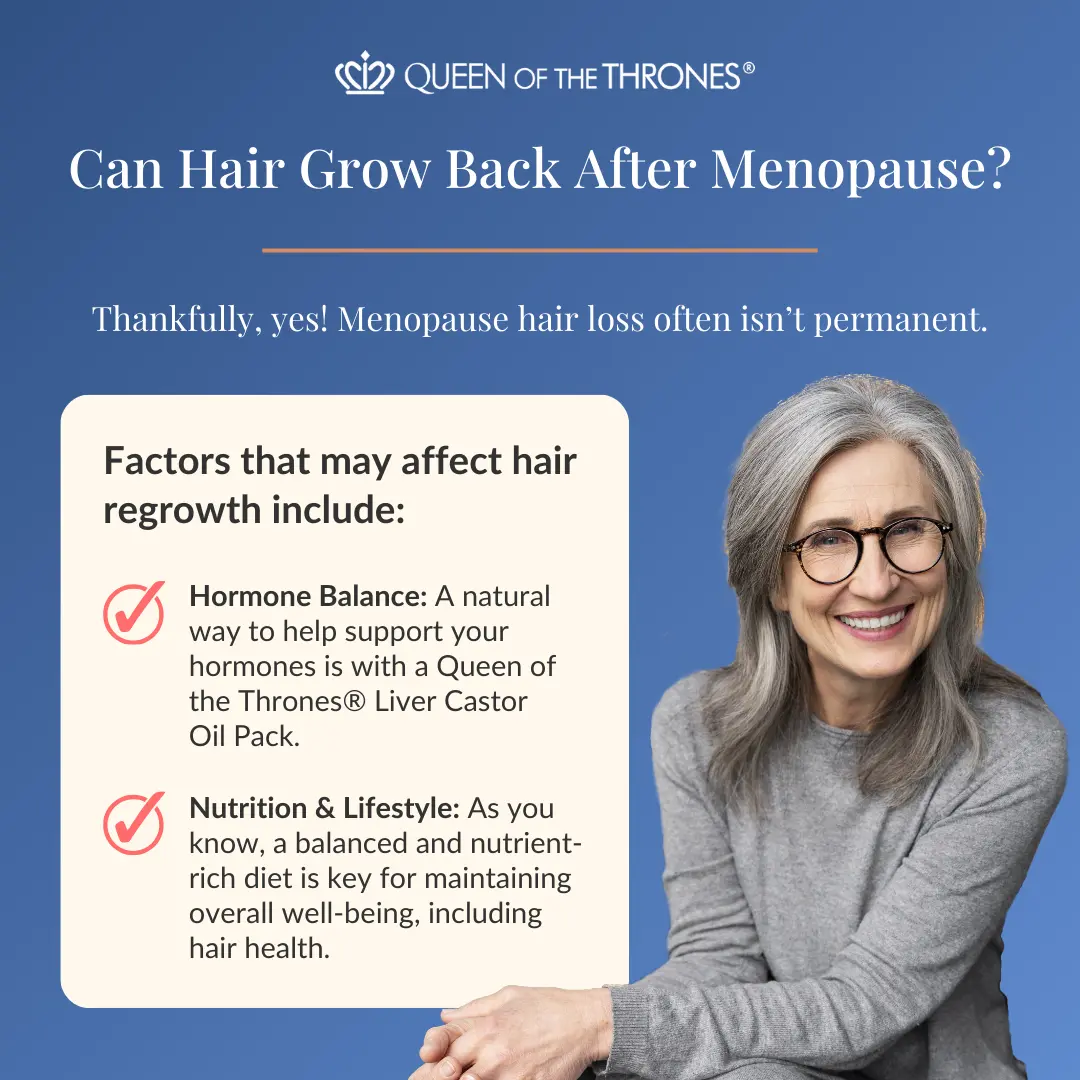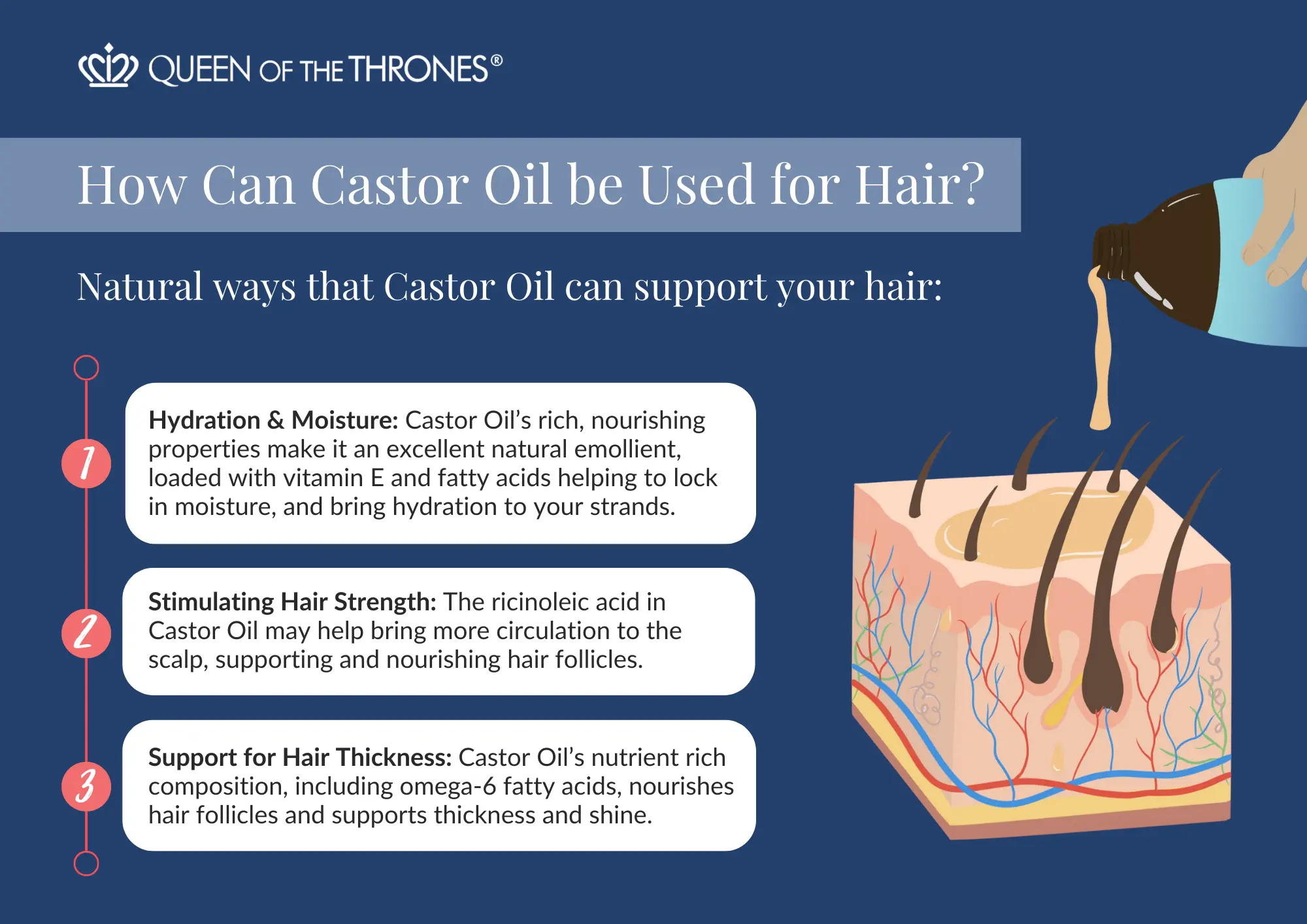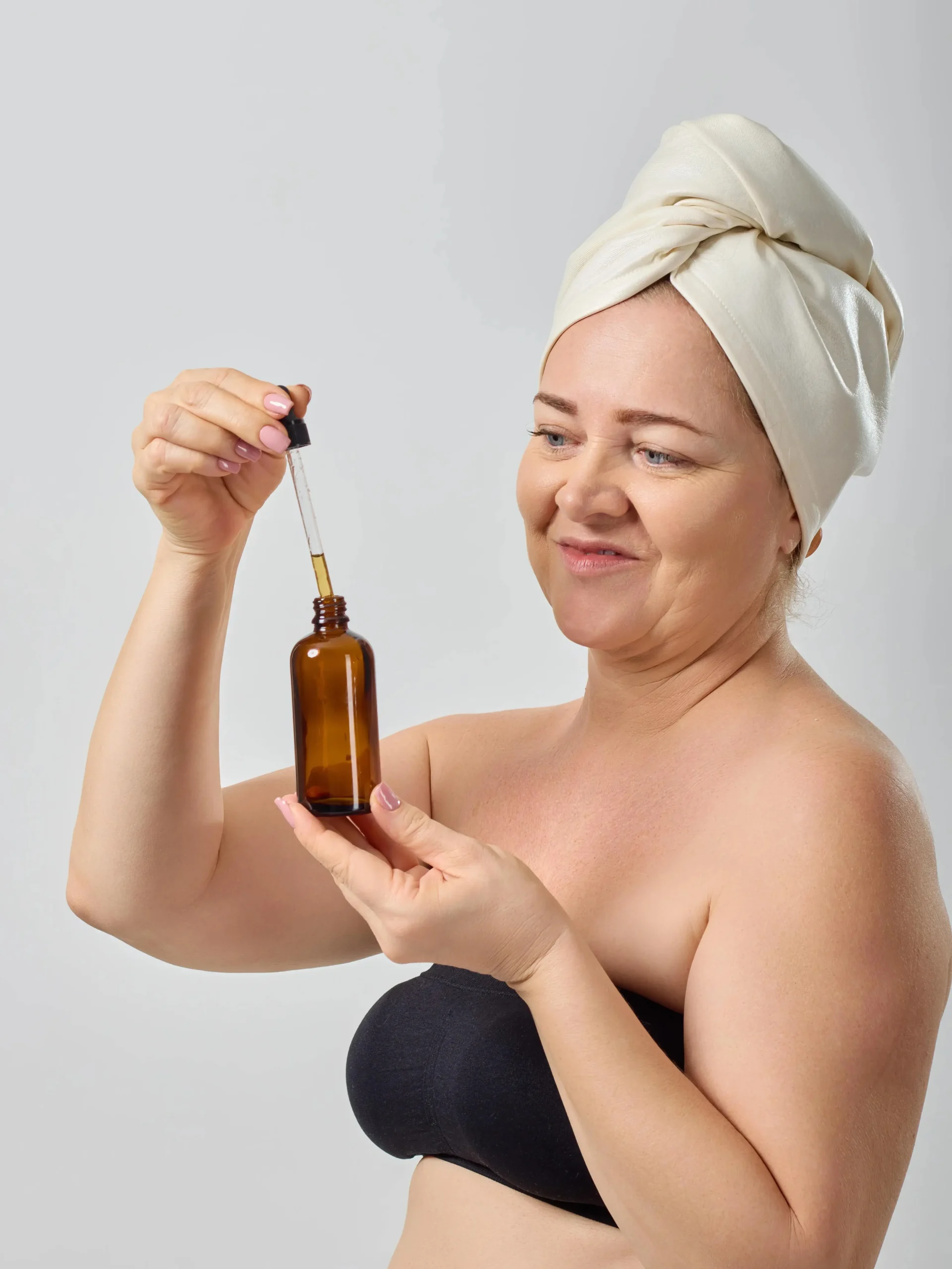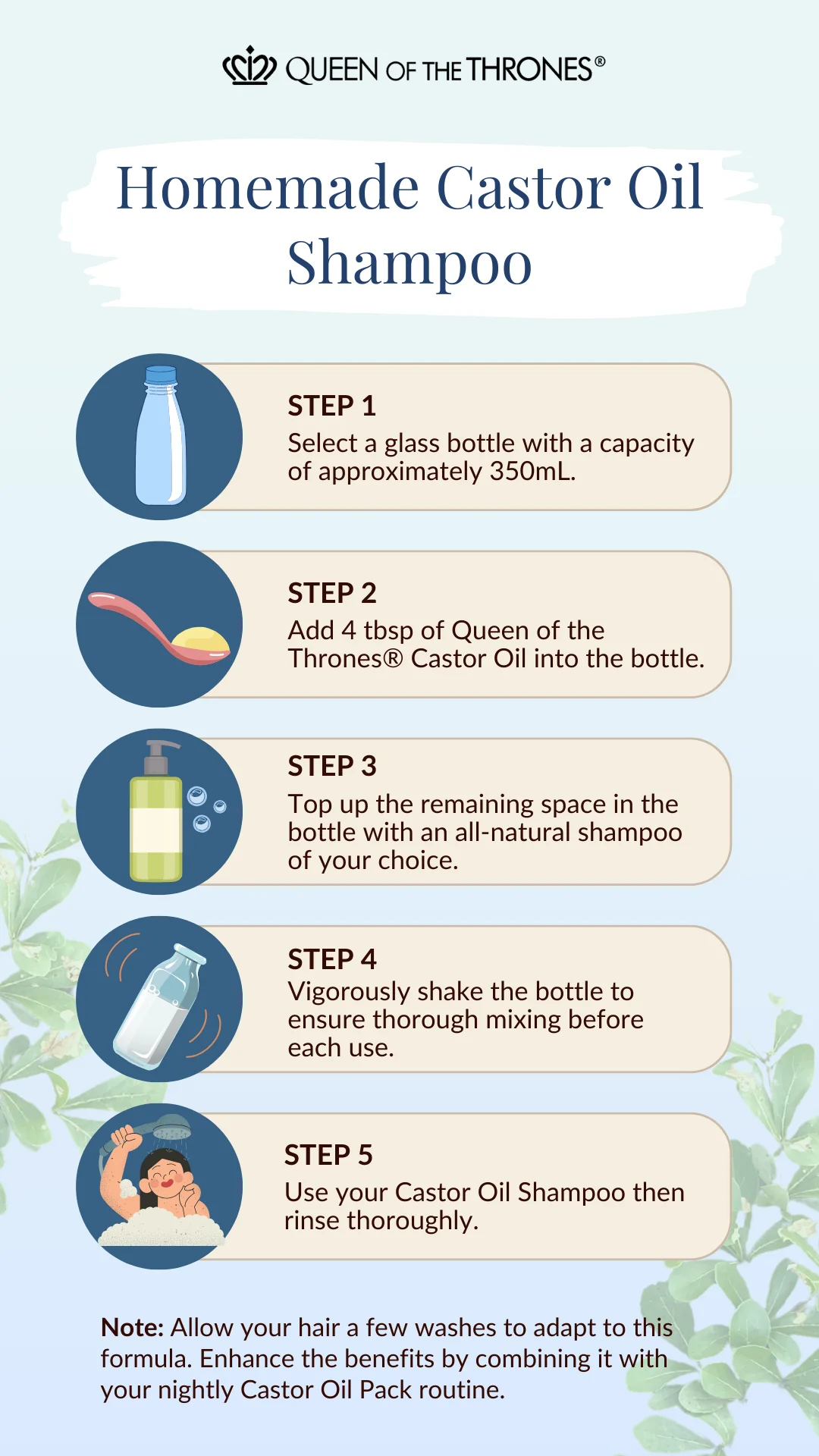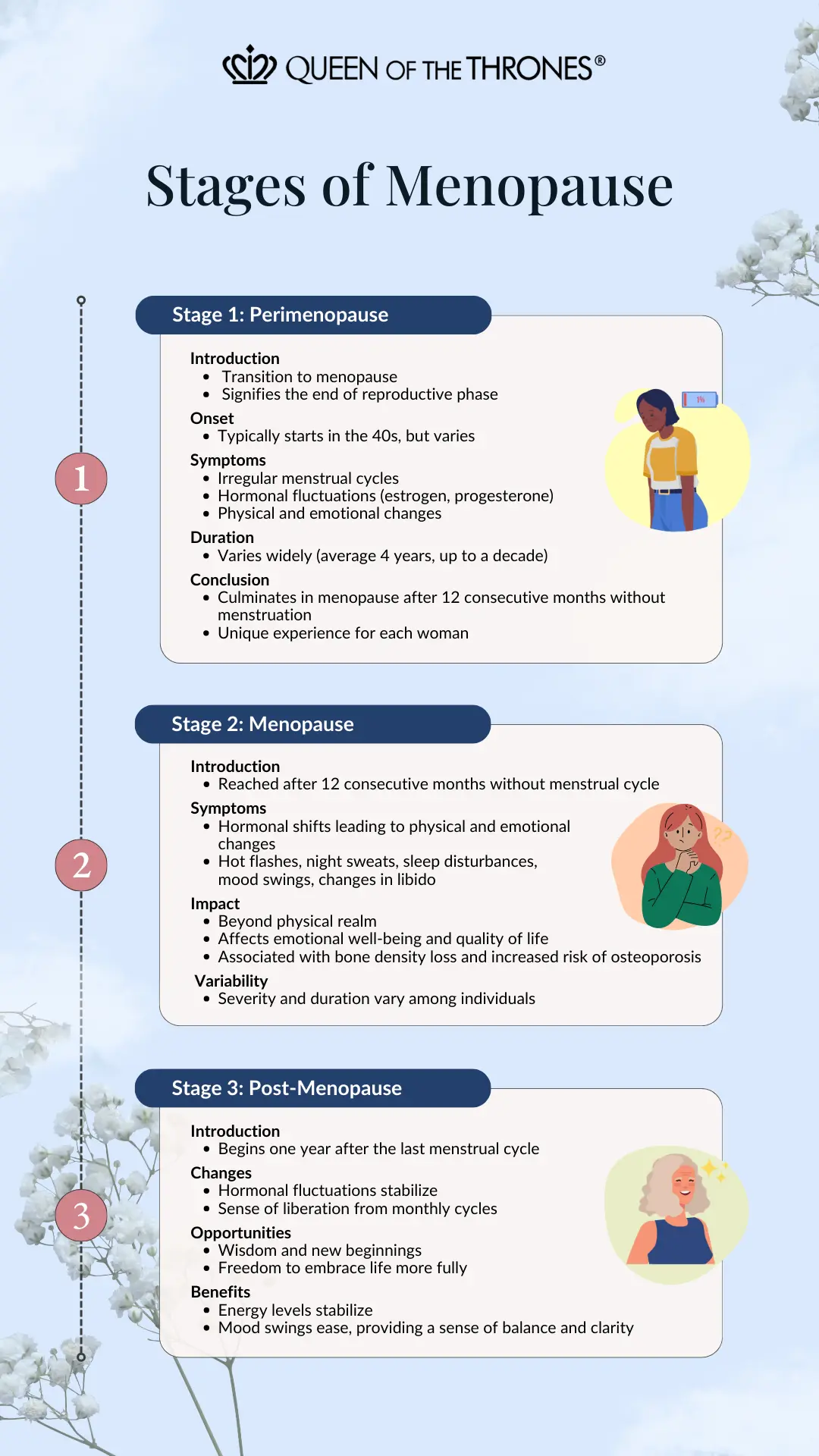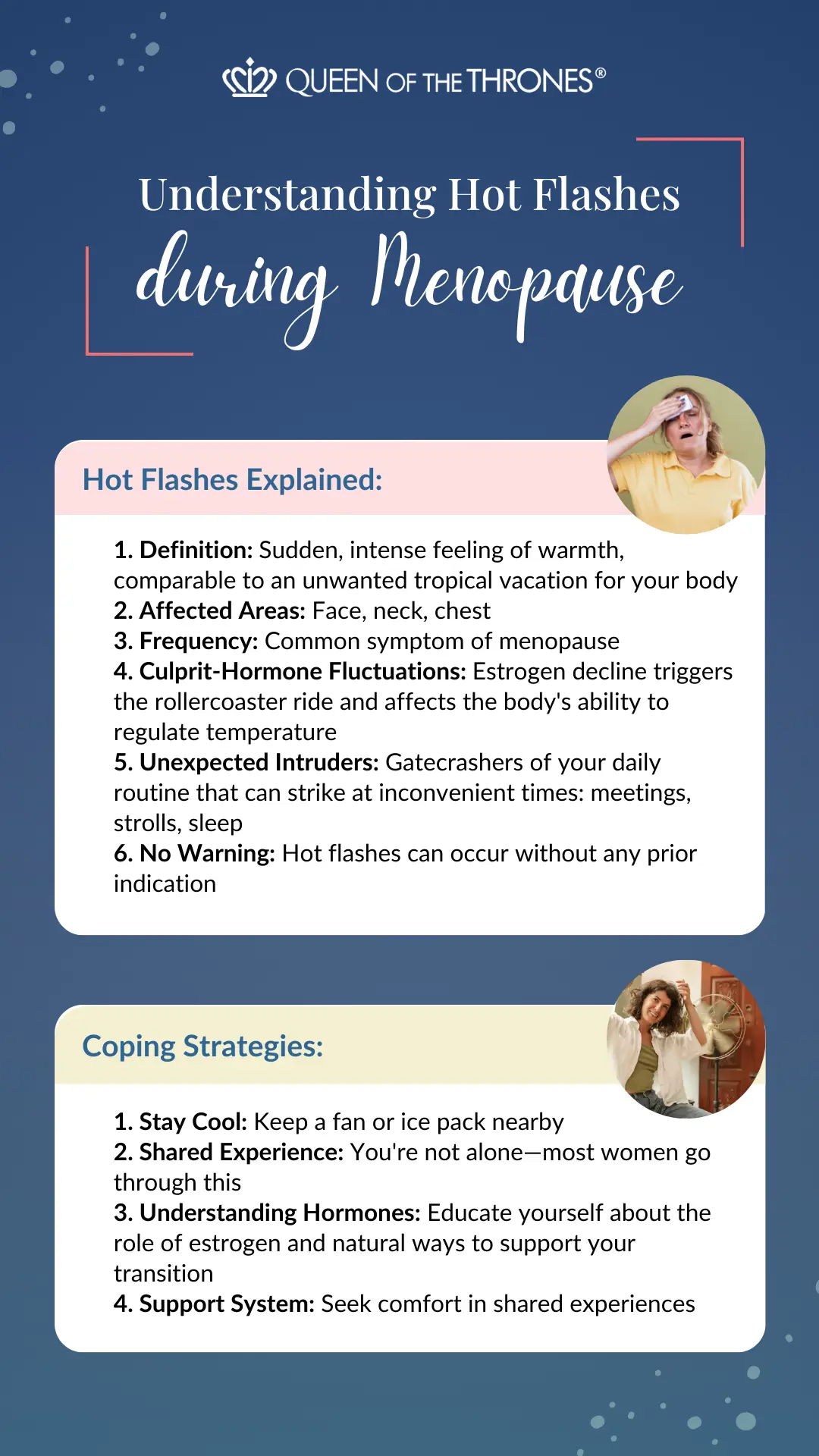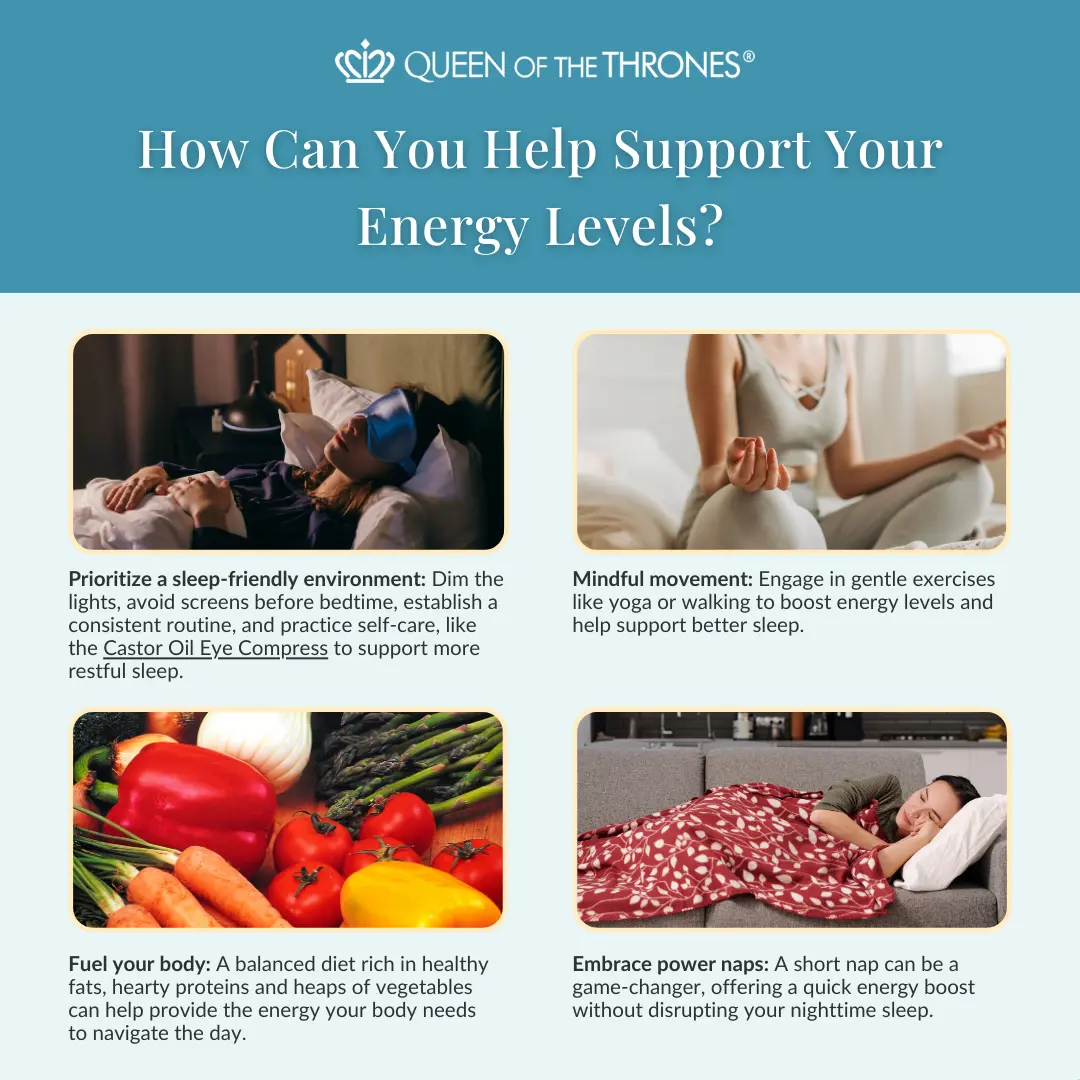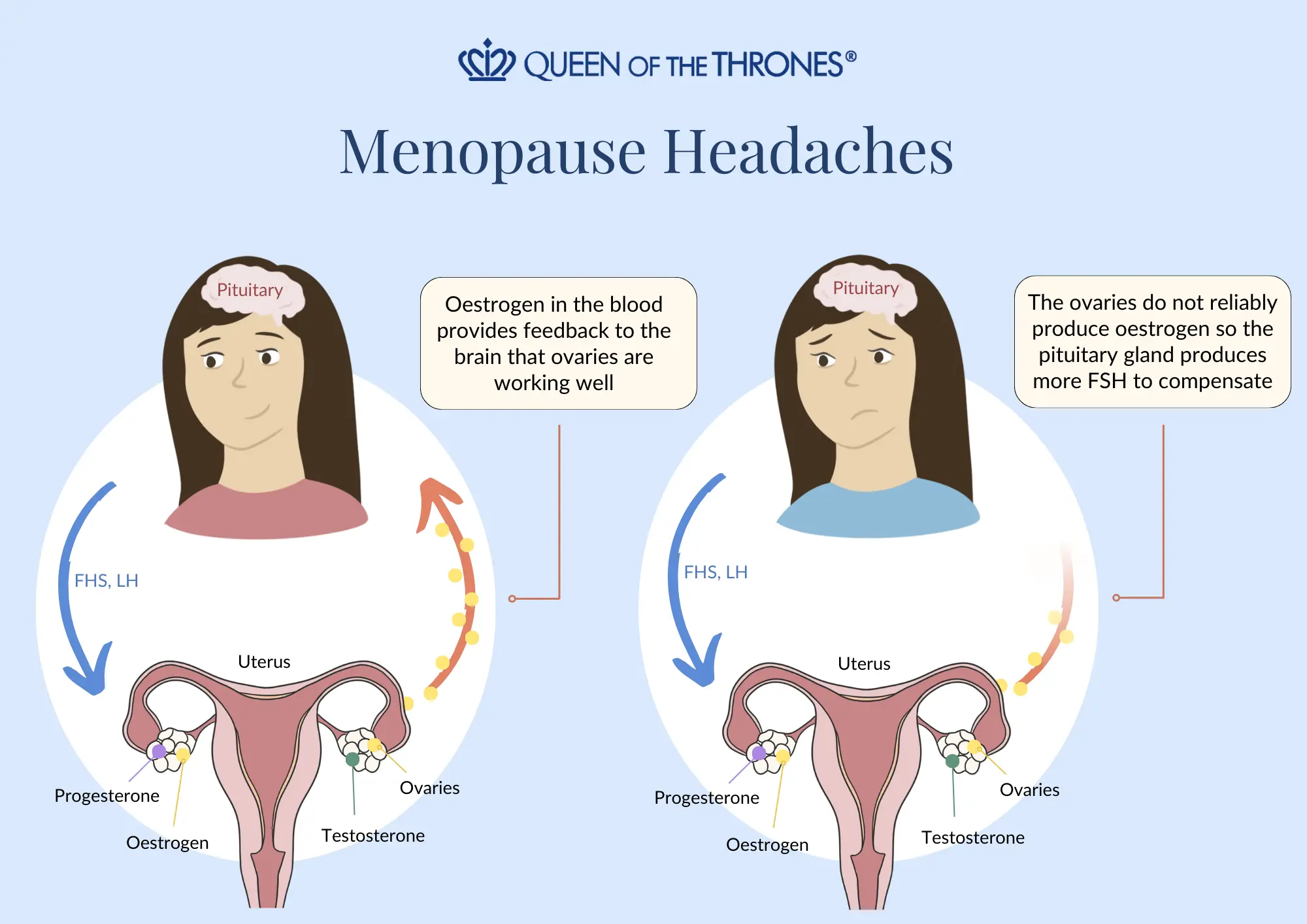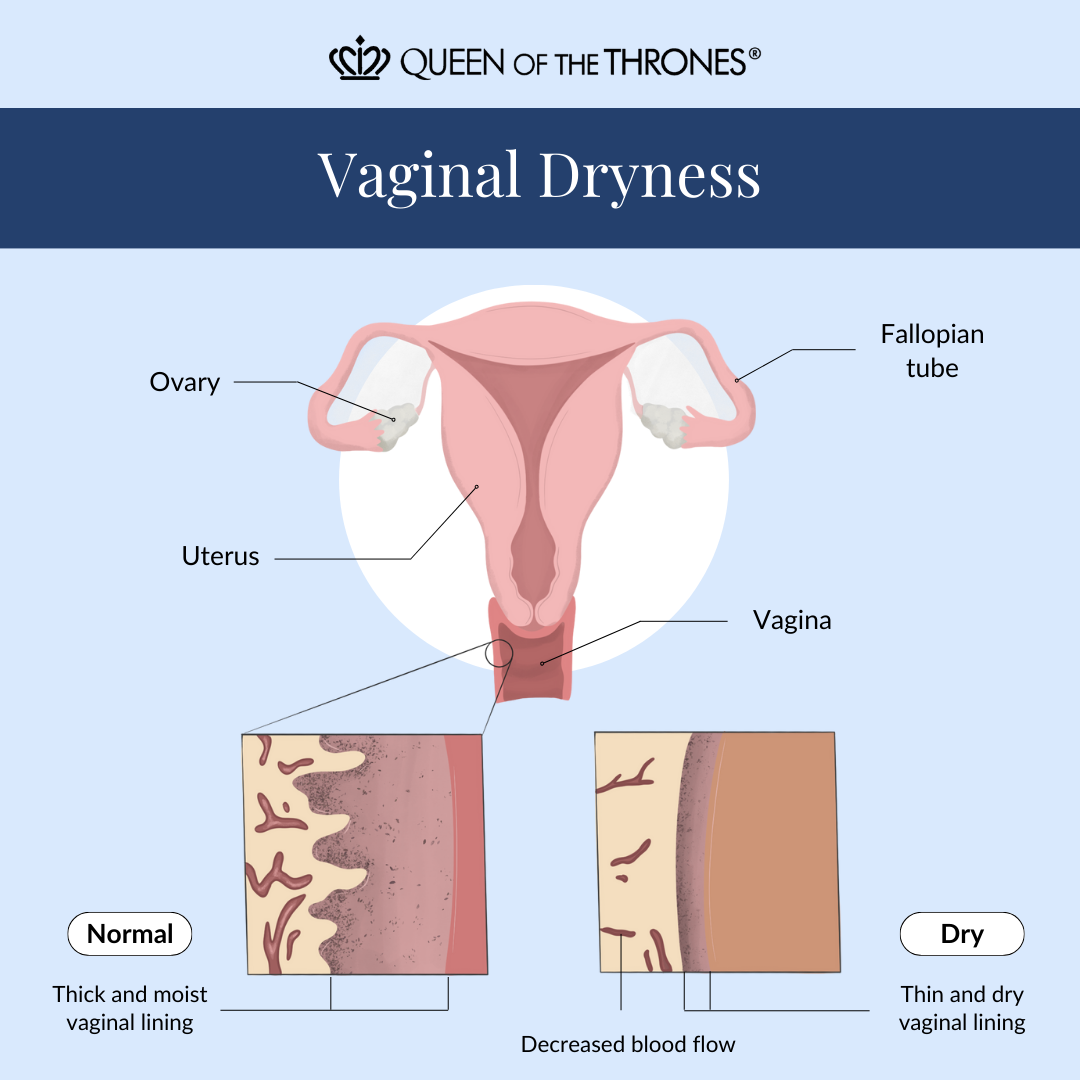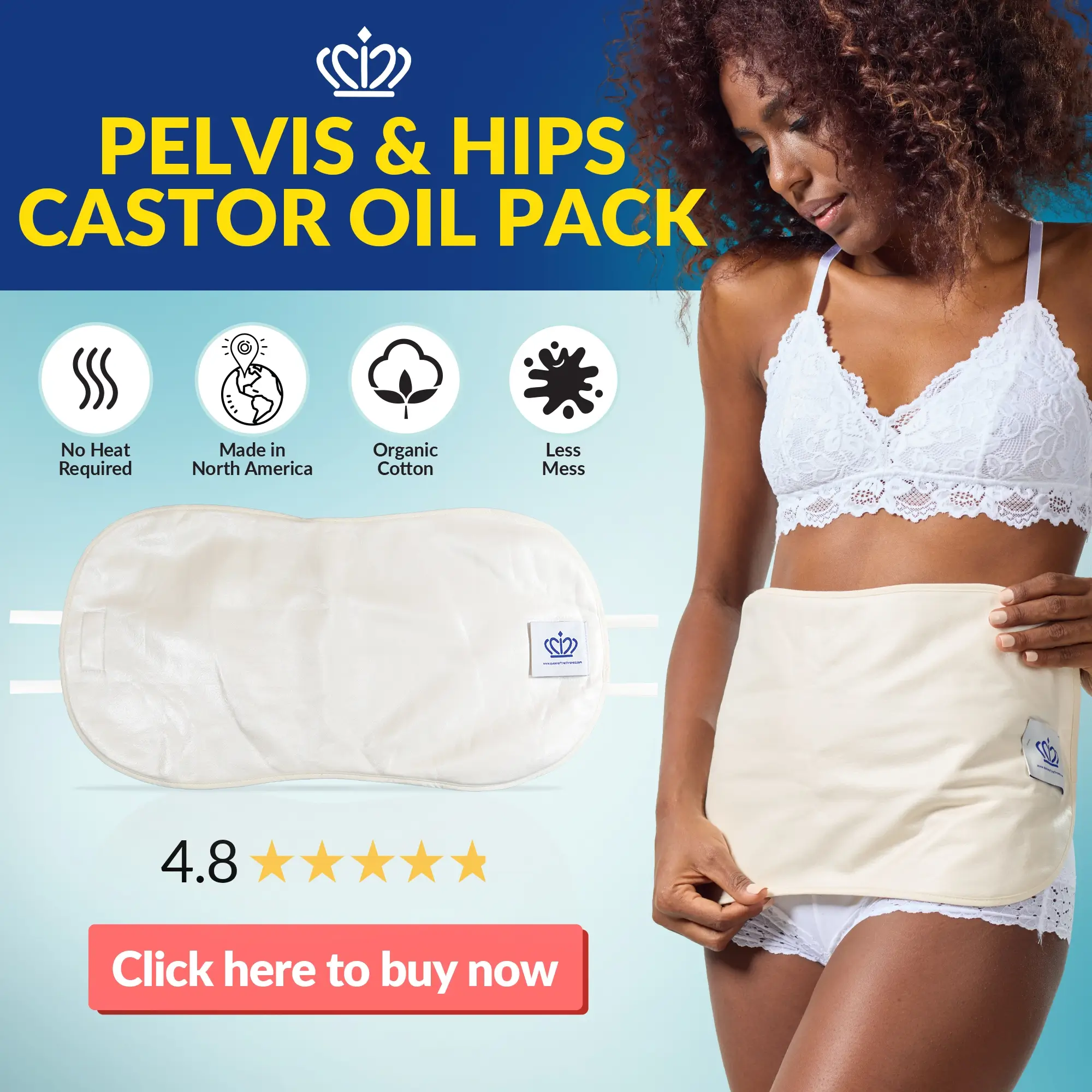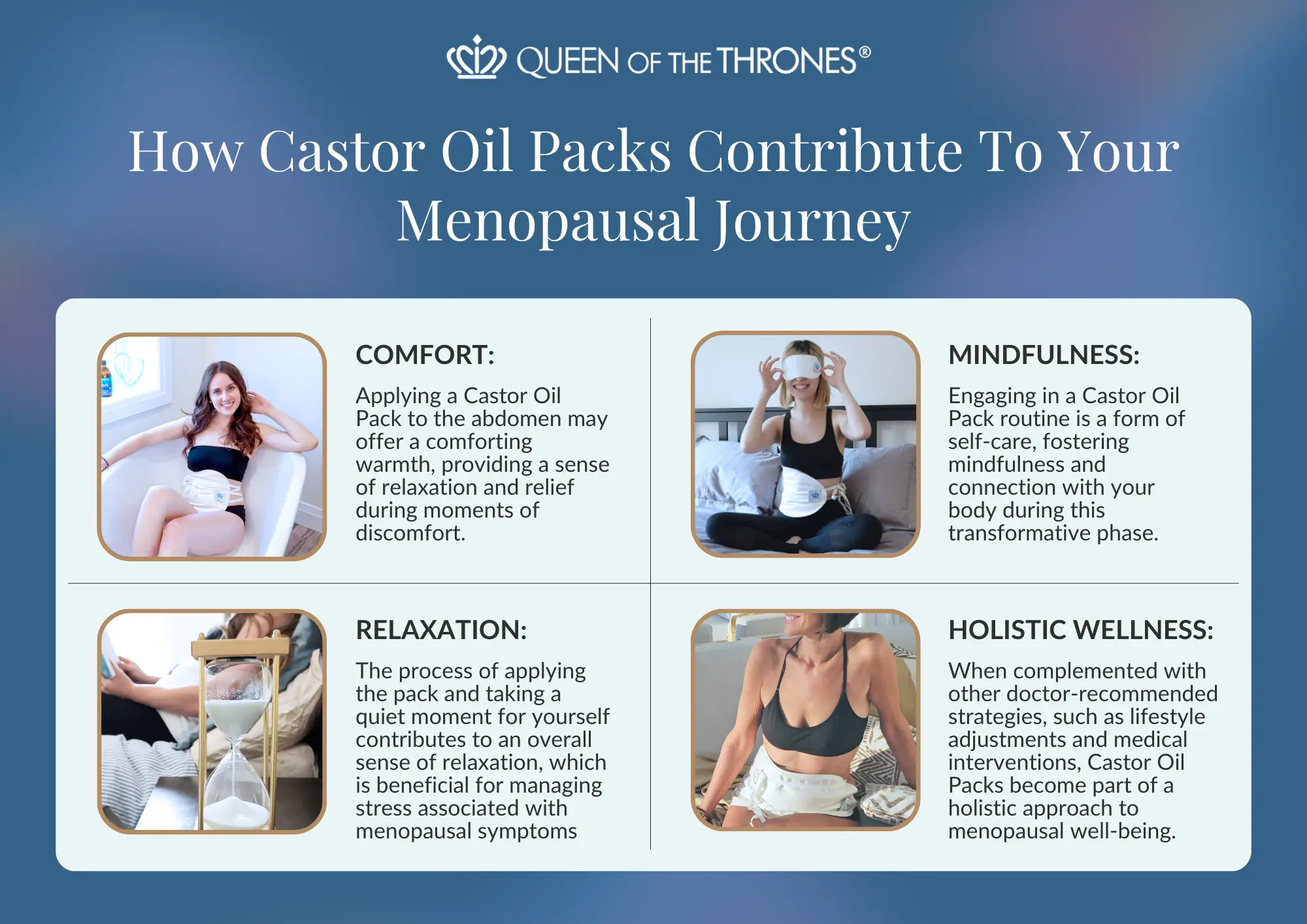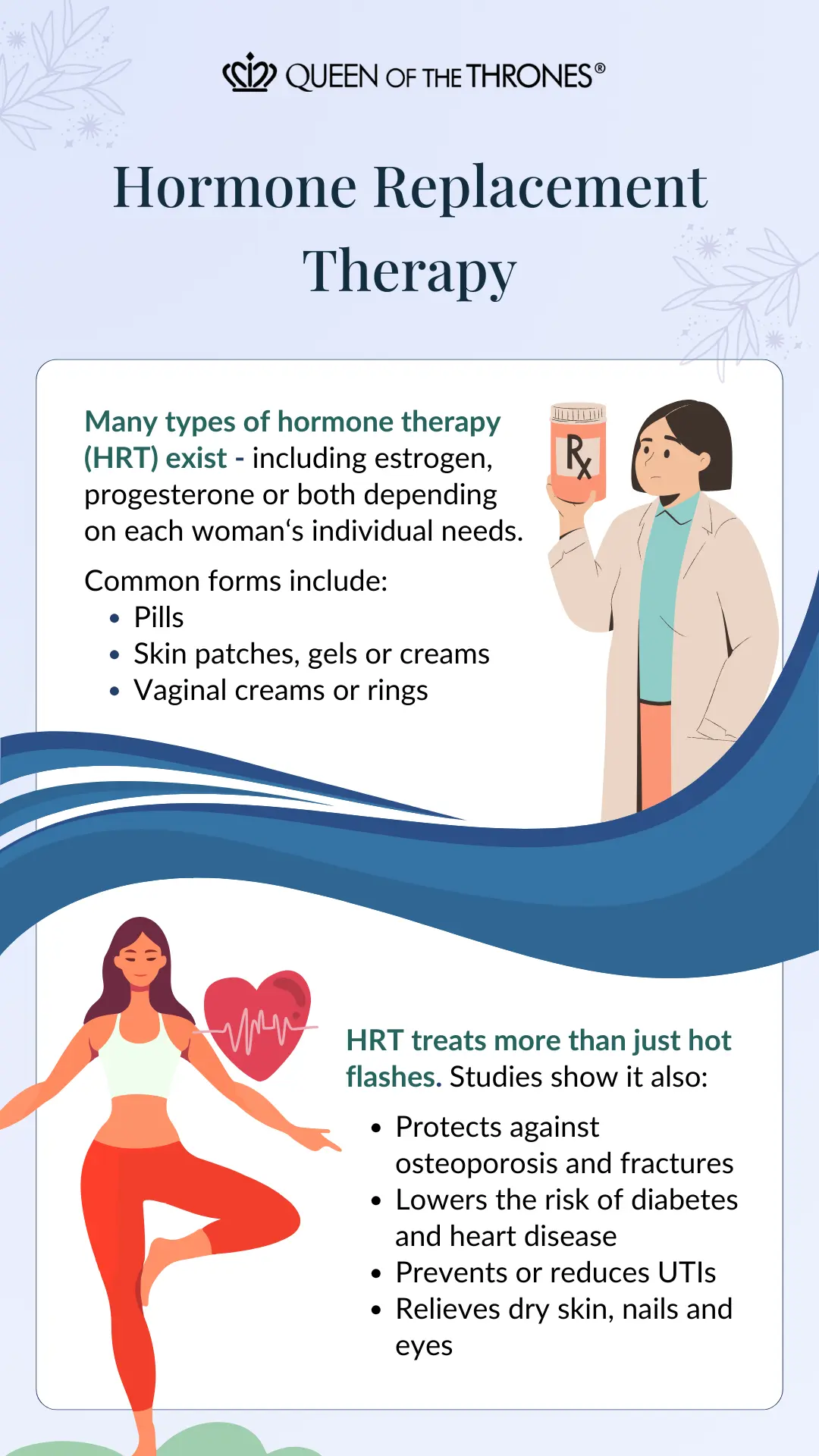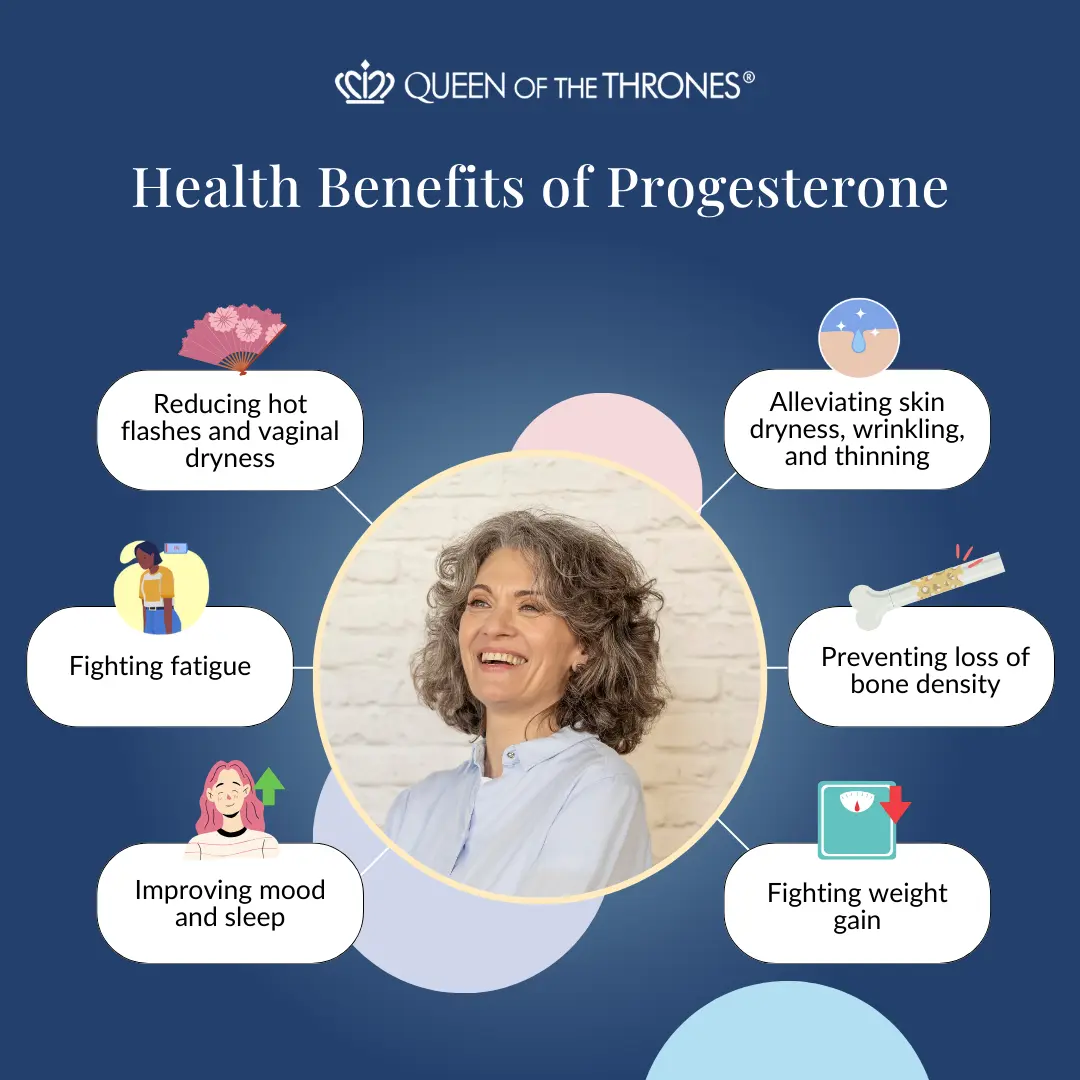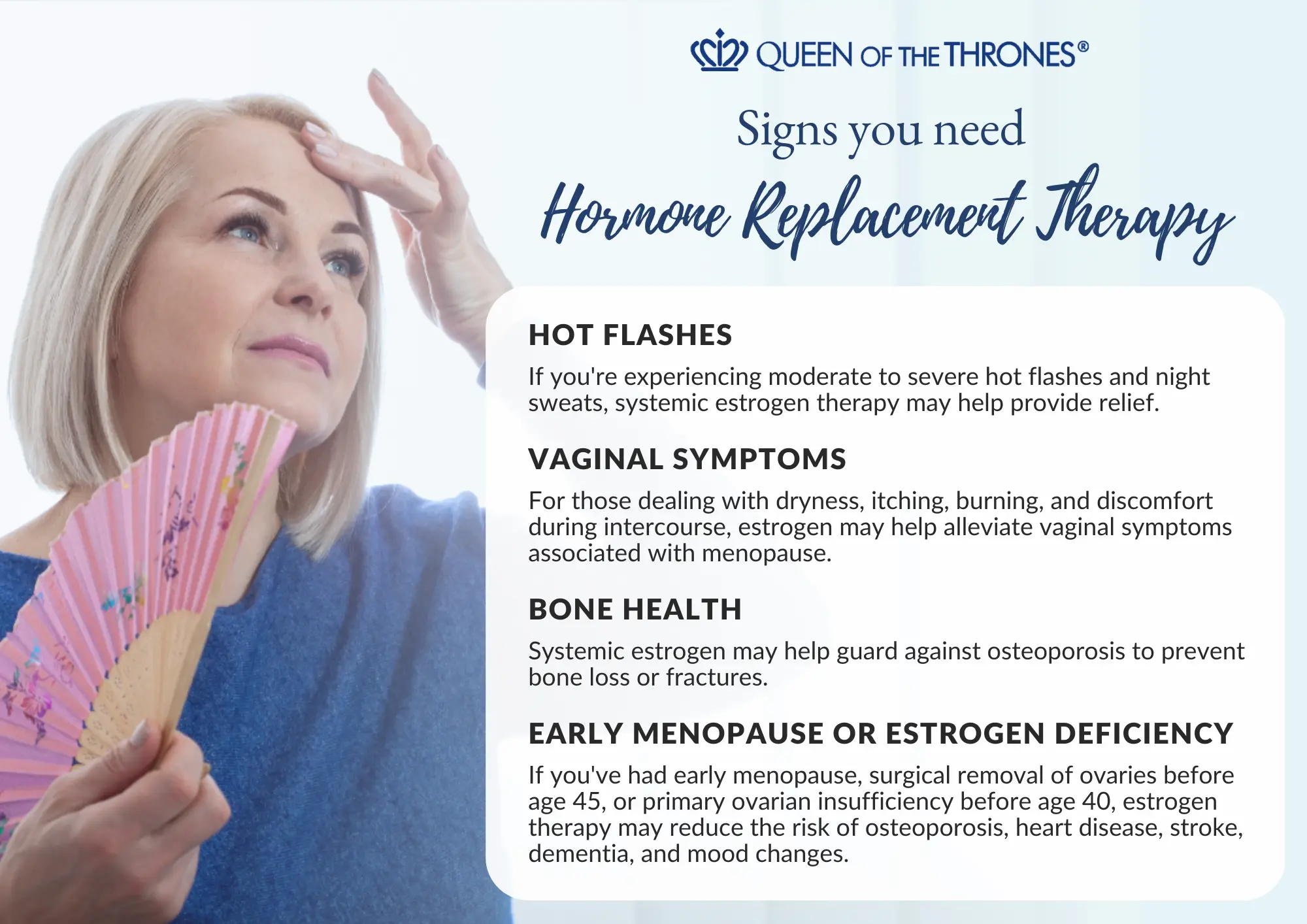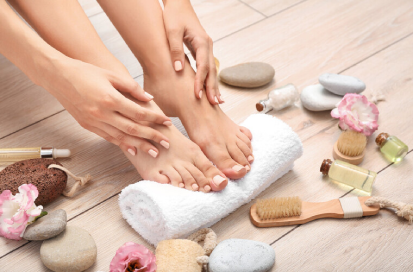
How Castor Oil May Help Support Toenail Fungus

How Castor Oil May Help Support Toenail Fungus
Written by: Heather Tanti R.P.N (non-practicing)
Medically reviewd by: Melanie Swackhammer B.A.
Est. reading time; 15 minutes
In the world of personal wellness, few things can be as bothersome and persistent as the struggle with toenail fungus. The relentless battle against this common, yet stubborn condition has led many individuals searching for natural remedies, seeking alternatives to conventional treatments. Can you relate?
Among these alternatives is Castor Oil, emerging as a promising addition to one’s self-care routine by offering potential relief towards fungus-free nails. But, before we dive into the benefits of Castor Oil, let’s first understand the adversary we’re exactly is toenail fungus and what causes it?
What causes toenail fungus?
Have you ever wondered what causes toenail fungus? It seems like one day you were enjoying healthy, normal colored nails that you confidently sported in your open toe sandals, but then the next thing you know it seems like they’ve morphed into thick, yellowed strangers… What gives?
Toenail fungus, also known as onychomycosis , is a common fungal infection of the nail that commonly affects toenails (90%) and fingernails (75%). The main culprits are dermatophytes (a type of fungi that can infect and thrive on the skin, hair, or nails), like Trichophyton mentagrophytes and Trichophyton rubrum.1
Various types of fungi found in the environment can lead to fungal nail infections. When there are small cracks in your nail or the nearby skin, these fungi can enter, triggering an infection.
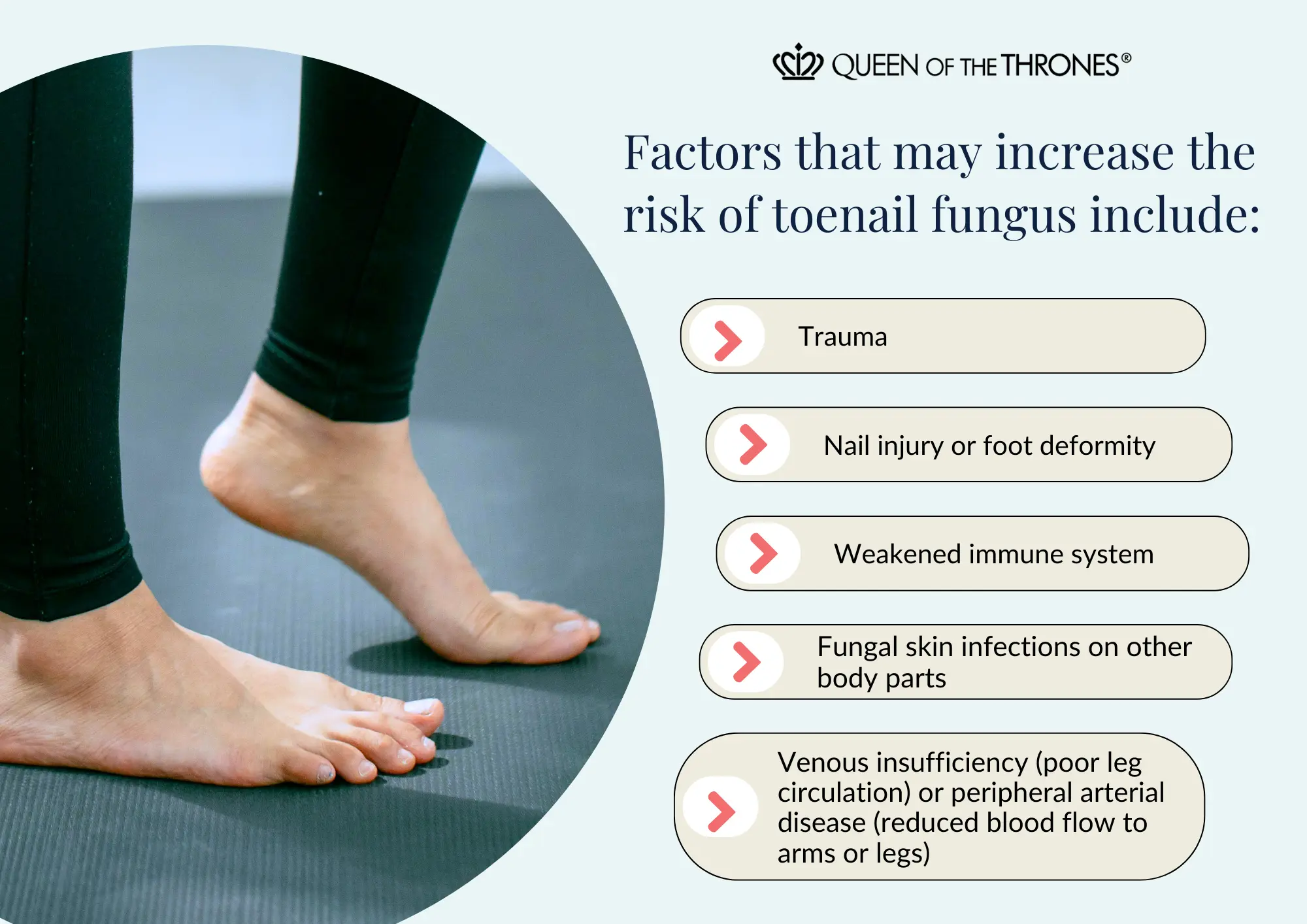
Factors that may increase the risk include2-3:
-
- Nail injury or foot deformity
- Trauma
- Weakened immune system
- Venous insufficiency (poor leg circulation) or peripheral arterial disease (reduced blood flow to arms or legs)
- Fungal skin infections on other body parts
Now, let’s get into the different types of toenail fungus that may be present.
Types of toenail fungus
I know what you’re thinking, “there’s more than one type of toenail fungus?” Unfortunately yes, in fact, there are four main types of fungus that might be wreaking havoc on your nails:
- 1. Distal or Lateral Subungual Onychomycosis: This is the most common kind. It results from a fungus called a dermatophyte. You can get it in your fingernails or toenails. It starts in the nail bed, underneath the nail. You’ll see a yellowish colored area that spreads from the edges of the nail to the center, and places where it comes apart from the nail bed.4
- 2. White Superficial Onychomycosis: This is less common and only affects the nail surface, mainly on your toenails. It starts as white spots, which become powdery and cause the nail to crumble.5
- 3. Proximal Subungual Onychomycosis: This appears first as white spots in the center of the nail bed at the cuticle. They move outward as the finger or toenail grows. It’s rare and usually affects people who have immune system problems.6
- 4. Candidal Onychomycosis: Yeast causes this infection and it typically affects your fingernails. The area around the nails is often swollen and inflamed, and the nails may come off entirely. It tends to happen to nails that have been damaged by an injury or another infection.7
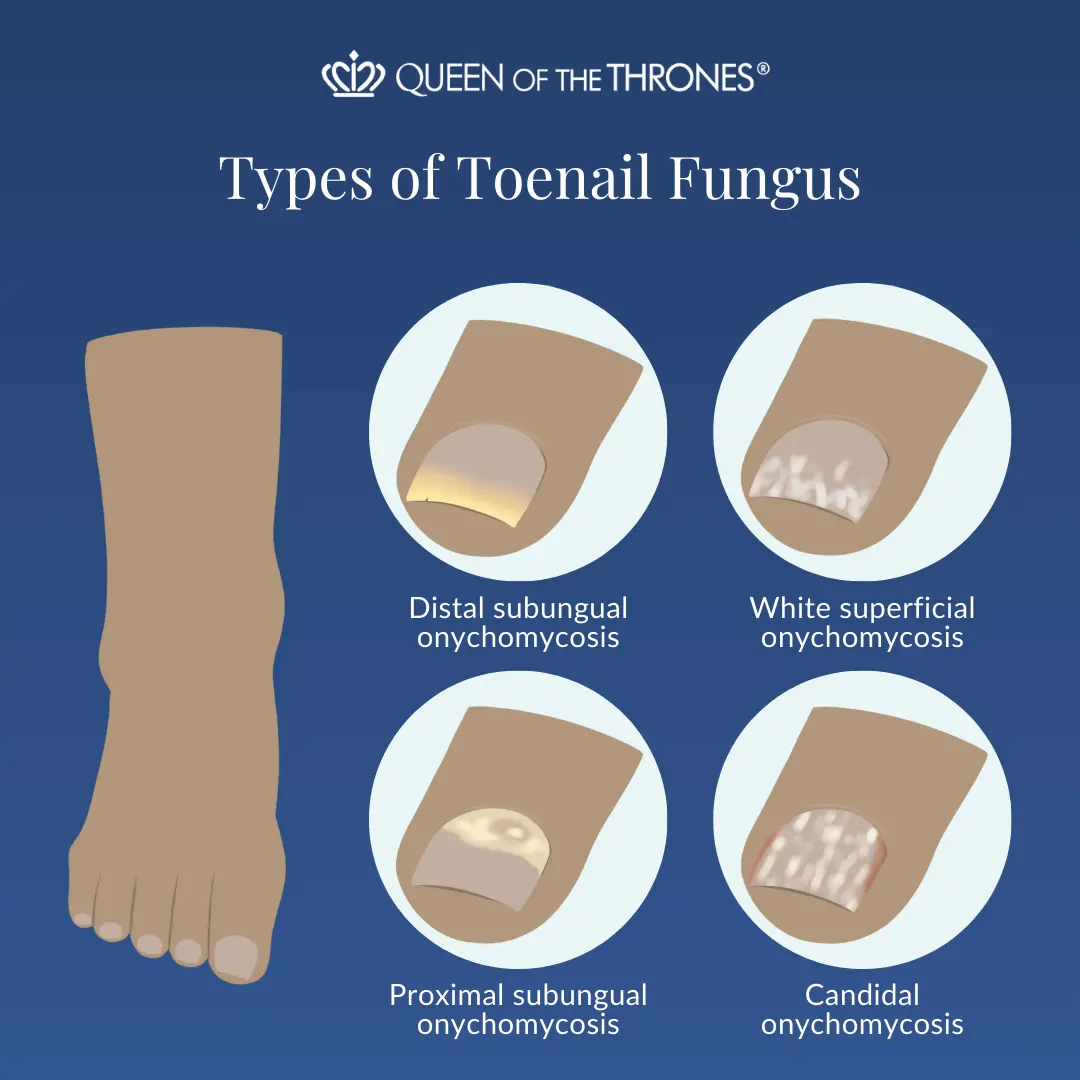
The emotional and physical impact
Dealing with toenail fungus extends beyond just physical challenges, often diving into emotional struggles that many can relate to. The visible impact of discolored, thickened nails can evoke self-consciousness and a reluctance to expose one’s feet. Have you been there before?
You see, the awareness of a persistent fungal infection can lead to feelings of embarrassment or frustration, especially when it seems resistant to various treatments.
The physical discomfort, such as itching or pain, adds an extra layer to the emotional toll. Everyday activities like wearing shoes or going barefoot can become sources of unease. The fear of judgment or misunderstanding from others may contribute to a sense of isolation, making it challenging to discuss the issue openly.
The prolonged nature of toenail fungus treatment can also be emotionally taxing. Patience wears thin as individuals eagerly await visible improvements. The cyclical nature of progress and setbacks may contribute to a rollercoaster of emotions, with moments of hope followed by discouragement.
Moreover, the impact on social interactions cannot be overlooked. Simple activities like getting a pedicure or enjoying a day at the beach might be avoided due to the perceived stigma associated with fungal infections. This can lead to missed opportunities for relaxation and self-care.
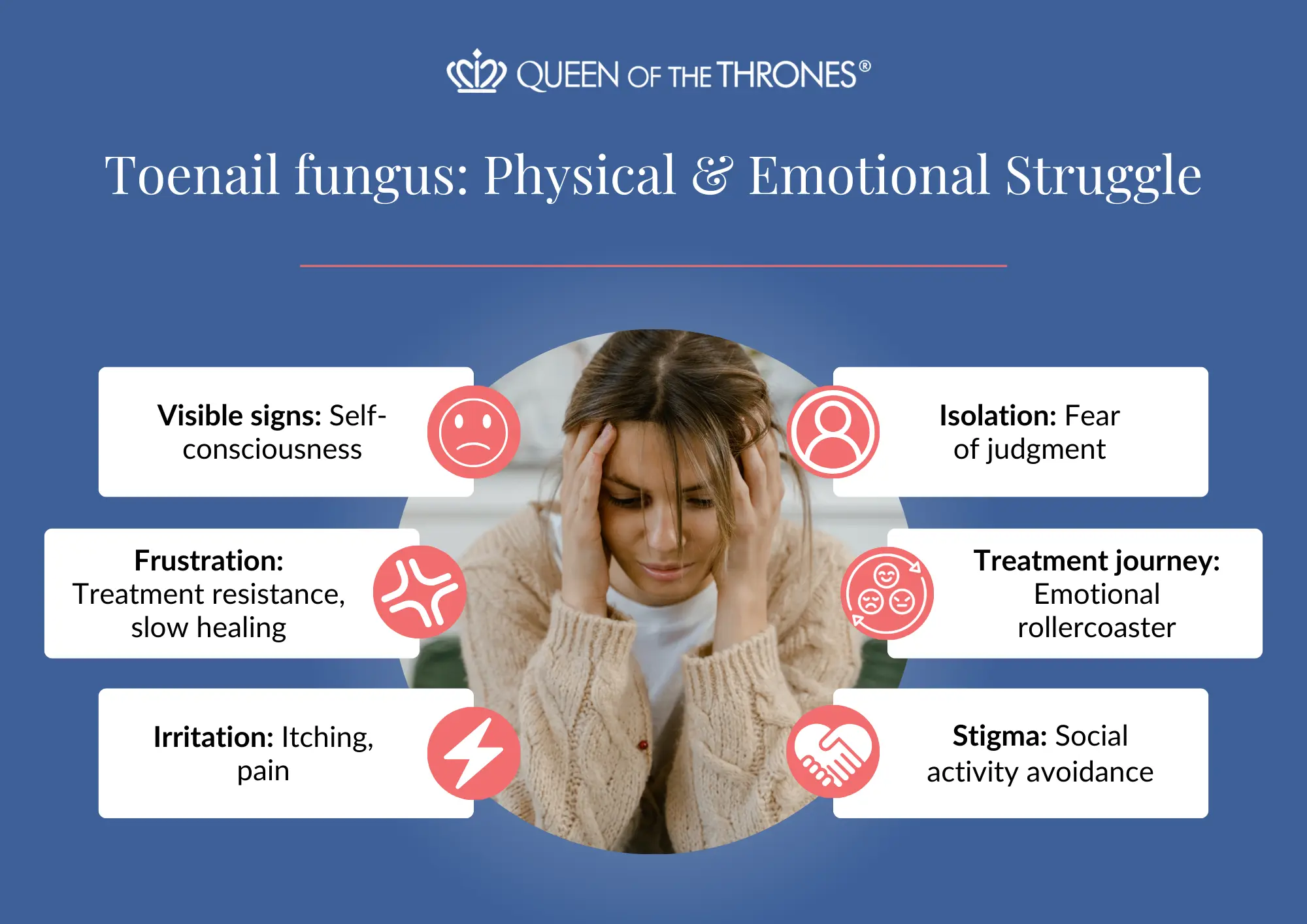
It’s important for individuals facing toenail fungus to recognize and address both the physical and emotional aspects of the struggle. Seeking support from friends, family, or healthcare professionals can alleviate some of the emotional burden, providing a more holistic approach to well-being during the treatment process.
Castor Oil for toenail fungus
It feels like you’ve tried it all, right? From antifungal medications, to homemade concoctions you found on the internet, but have you ever considered Castor Oil as a natural approach?
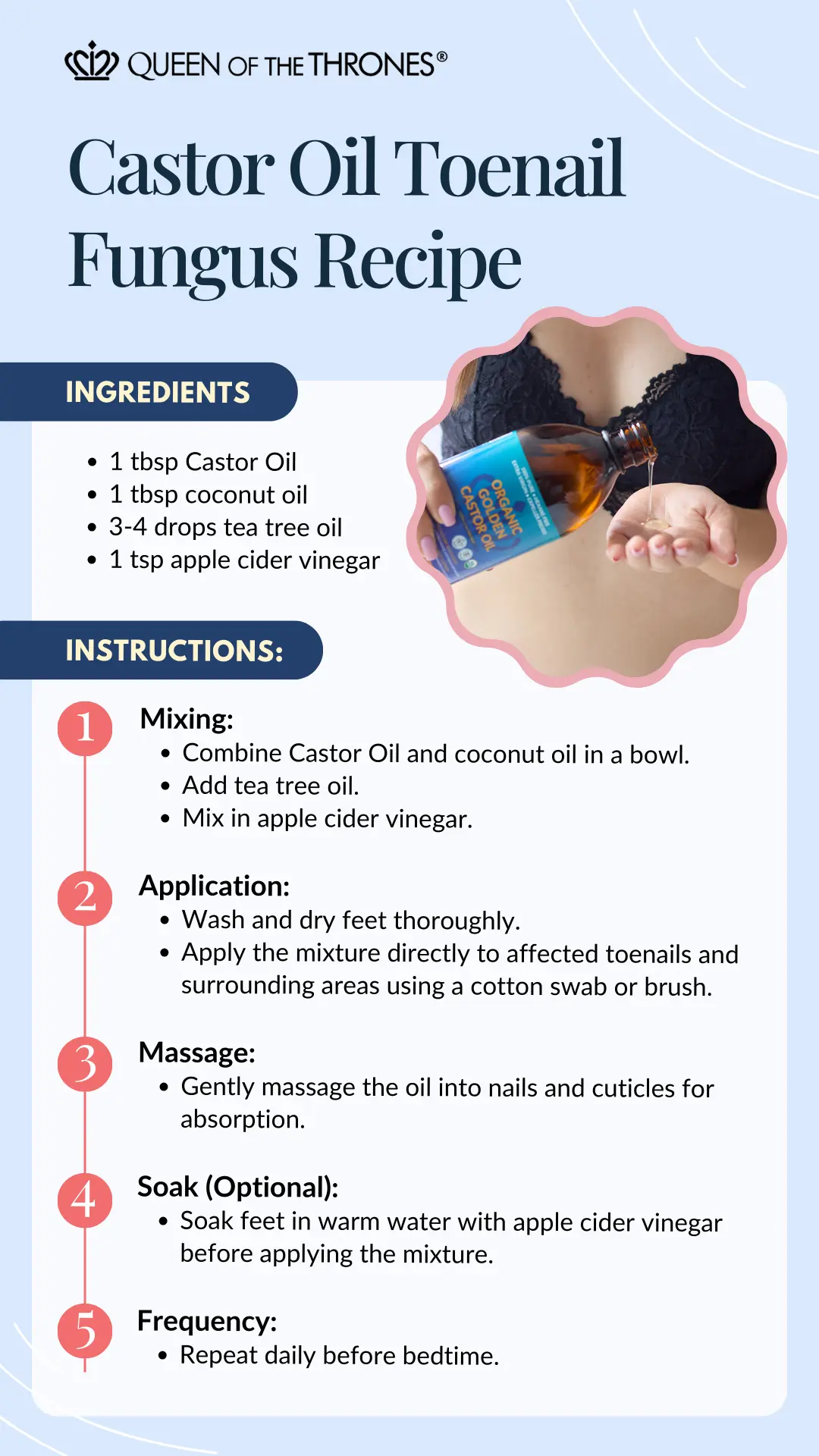
Believe it or not, Castor Oil is thought to exhibit antifungal activity, as it contains a natural antifungal component called undecylenic acid. Studies have shown that this fatty acid may help prevent the growth of fungus.8Furthermore, the thick, viscous nature of Castor Oil works well as an emollient and natural skin moisturizer, which may help to ease dry, cracked skin around the nail bed.
It gets better though, because Castor Oil is also believed to be a natural antimicrobial and anti-inflammatory thanks to the unique fatty acid, ricinoleic acid.9-10
Castor Oil has also been shown to promote nitric oxide, which studies have shown to demonstrate antifungal activity.11 .
As for inflammation, research shows that ricinoleic acid looks like a prostaglandin of the anti-inflammatory type12, meaning Castor Oil may be a support for calming inflammation.
Pretty amazing, agreed?
But how exactly can you use Castor Oil to help support toenail fungus? Check out the recipe below for an easy, natural support!
Castor Oil Toenail Fungus Recipe
Ingredients:
-
- 1 tablespoon Castor Oil
- 1 tablespoon coconut oil
- 3-4 drops tea tree oil
- 1 teaspoon apple cider vinegar
Instructions:
Mixing:
- In a small bowl, combine 1 tablespoon of Castor Oil with 1 tablespoon of coconut oil.
- Add 3-4 drops of tea tree oil for its additional antifungal benefits.
- Incorporate 1 teaspoon of apple cider vinegar into the mixture.
Application:
-
- Wash your feet thoroughly and dry them completely before applying the mixture.
- Using a clean cotton swab or a small brush, apply the Castor Oil mixture directly to the affected toenails and the surrounding areas.
Massage:
-
- Gently massage the oil into the nails and cuticles for a few minutes to ensure absorption.
Soak (Optional):
If you have time, you can soak your feet in warm water with a splash of apple cider vinegar before applying the Castor Oil mixture.
Frequency:
-
- Repeat this process daily, preferably before bedtime.
Remember, individual responses to natural remedies can vary, and it’s important to consult with a healthcare professional for persistent or severe cases of toenail fungus.
Looking for more Castor Oil recipes for skin, hair and nails? Download your free eGuide below!
Are you wondering if the type of Castor Oil matters when it comes to your self-care? The answer is yes!
Not all Castor Oil is made equal, which makes finding reputable brands important.
Queen of the Thrones® Castor Oil is always:
- USDA Organic & Non-GMO Project Verified – Avoiding pesticides, herbicides and GMOs.
- Extra Virgin – The golden standard, first press of oil.
- 100% Pure & Vegan Certified – No additives, preservatives, animal byproducts or anything other than straight up Castor Oil.
- EWG Verified® & Hexane-Free – Adheres to stringent standards of the EWG and is processed without solvents like hexane; a known nervous system and hormone disruptor.
- Bottled in Amber Glass – To preserve quality and nutrient profile of the oil, and avoid toxic chemicals found in plastic containers such as UV filters, slip agents and BPA.
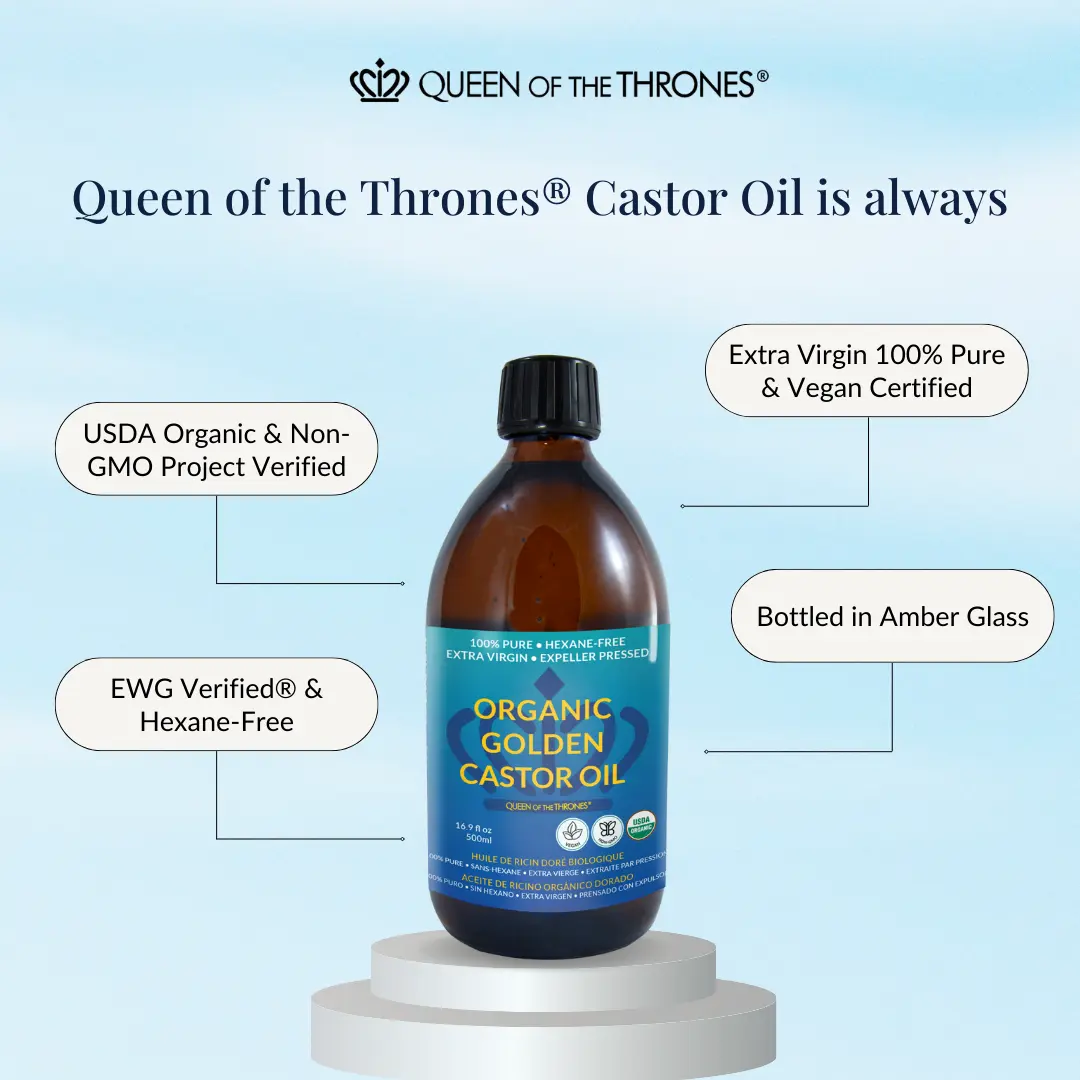
Conclusion
Navigating the challenges of toenail fungus is undoubtedly a demanding journey, both physically and emotionally. In the realm of self-care, Castor Oil emerges as a natural beacon of hope, offering potential benefits and leveraging its inherent properties to support those grappling with toenail fungus.
This journey is not just about alleviating symptoms but is a reclaiming of confidence and overall well-being.
By making informed choices and embracing a dedicated self-care routine, the pursuit of healthier nails transforms into both a meaningful journey and a triumphant accomplishment.
Are you a practitioner, health coach or wellness influencer? If you’re interested in recommending our easy-to-use tools and practically applying them in your health and wellness professional practice, in clinic, or online with the people you serve, you can join now!
Click here for references
- Leung AKC, Lam JM, Leong KF, Hon KL, Barankin B, Leung AAM, Wong AHC. Onychomycosis: An Updated Review. Recent Pat Inflamm Allergy Drug Discov. 2020;14(1):32-45. doi: 10.2174/1872213X13666191026090713. PMID: 31738146; PMCID: PMC7509699.
- Scher RK, Rich P, Pariser D, Elewski B. The epidemiology, etiology, and pathophysiology of onychomycosis. Semin Cutan Med Surg. 2013 Jun;32(2 Suppl 1):S2-4. doi: 10.12788/j.sder.0014. PMID: 24156160.
- Gupta AK, Konnikov N, MacDonald P, Rich P, Rodger NW, Edmonds MW, McManus R, Summerbell RC. Prevalence and epidemiology of toenail onychomycosis in diabetic subjects: a multicentre survey. Br J Dermatol. 1998 Oct;139(4):665-71. doi: 10.1046/j.1365-2133.1998.02464.x. PMID: 9892911.
- Leung AKC, Lam JM, Leong KF, Hon KL, Barankin B, Leung AAM, Wong AHC. Onychomycosis: An Updated Review. Recent Pat Inflamm Allergy Drug Discov. 2020;14(1):32-45. doi: 10.2174/1872213X13666191026090713. PMID: 31738146; PMCID: PMC7509699.
- Baran R, Faergemann J, Hay RJ. Superficial white onychomycosis–a syndrome with different fungal causes and paths of infection. J Am Acad Dermatol. 2007 Nov;57(5):879-82. doi: 10.1016/j.jaad.2007.05.026. Epub 2007 Jul 3. PMID: 17610995.
- Aman S, Nadeem M, Haroon TS. Successful treatment of proximal white subungual onychomycosis with oral terbinafine therapy. J Coll Physicians Surg Pak. 2008 Nov;18(11):728-9. PMID: 18983803.
- Aljehani FH, Alluhaibi R, Alhothali OS, Fageeh SM, Al Ahmadi GA, Malyani RZ. An Unusual Presentation of Candidal Onychomycosis: A Case Report. Cureus. 2023 Aug 9;15(8):e43222. doi: 10.7759/cureus.43222. PMID: 37692660; PMCID: PMC10491008.
- Day ZI, Mayfosh AJ, Giel MC, Hong Y, Williams SA, Santavanond JP, Rau TF, Poon IK, Hulett MD. Novel Formulation of Undecylenic Acid induces Tumor Cell Apoptosis. Int J Mol Sci. 2022 Nov 16;23(22):14170. doi: 10.3390/ijms232214170. PMID: 36430646; PMCID: PMC9692760.
- Vieira C et al. .Effect of ricinoleic acid in acute and subchronic experimental models of inflammation. Mediators Inflamm. 2000;9(5):223-8 PMID: 11200362
- Al-Mamun MA, Akter Z, Uddin MJ, Ferdaus KM, Hoque KM, Ferdousi Z, Reza MA. Characterization and evaluation of antibacterial and antiproliferative activities of crude protein extracts isolated from the seed of Ricinus communis in Bangladesh. BMC Complement Altern Med. 2016 Jul 12;16:211. doi: 10.1186/s12906-016-1185-y. PMID: 27405609; PMCID: PMC4942971.
- Stasko N, McHale K, Hollenbach SJ, Martin M, Doxey R. Nitric Oxide-Releasing Macromolecule Exhibits Broad-Spectrum Antifungal Activity and Utility as a Topical Treatment for Superficial Fungal Infections. Antimicrob Agents Chemother. 2018 Jun 26;62(7):e01026-17. doi: 10.1128/AAC.01026-17. PMID: 29760128; PMCID: PMC6021618.
- Djuric Z, Aslam MN, Simon BR, Sen A, Jiang Y, Ren J, Chan R, Soni T, Rajendiran TM, Smith WL, Brenner DE. Effects of fish oil supplementation on prostaglandins in normal and tumor colon tissue: modulation by the lipogenic phenotype of colon tumors. J Nutr Biochem. 2017 Aug;46:90-99. doi: 10.1016/j.jnutbio.2017.04.013. Epub 2017 Apr 25. PMID: 28486173; PMCID: PMC5503762.

